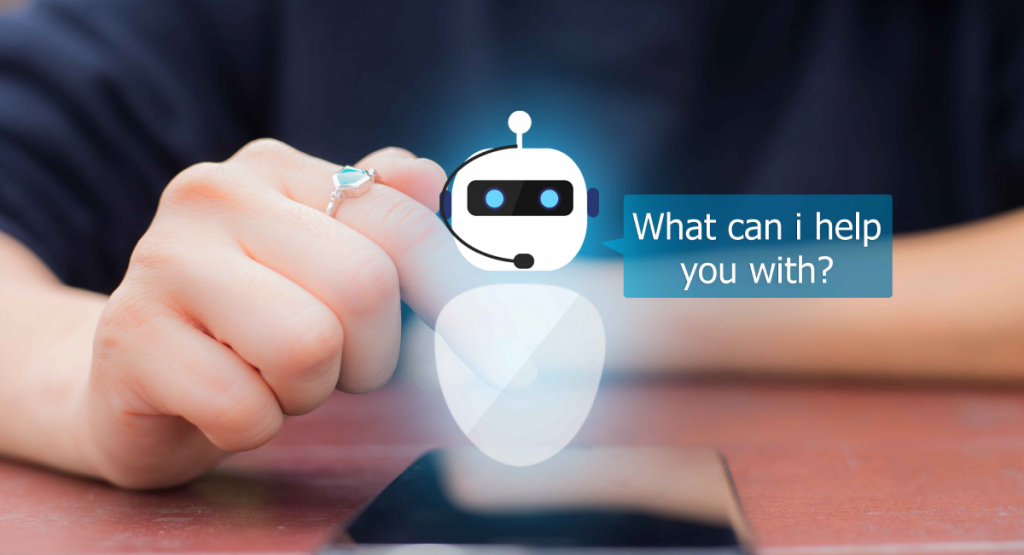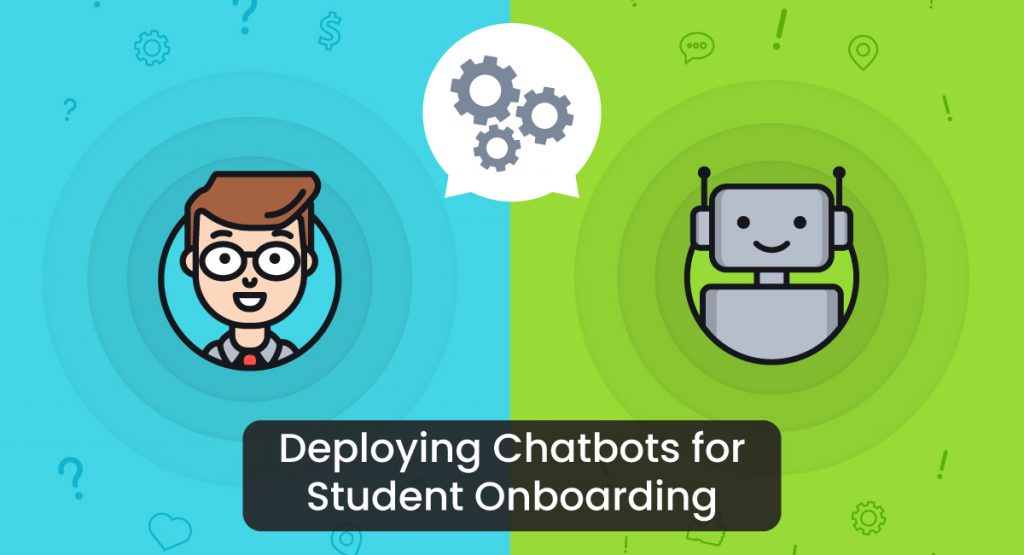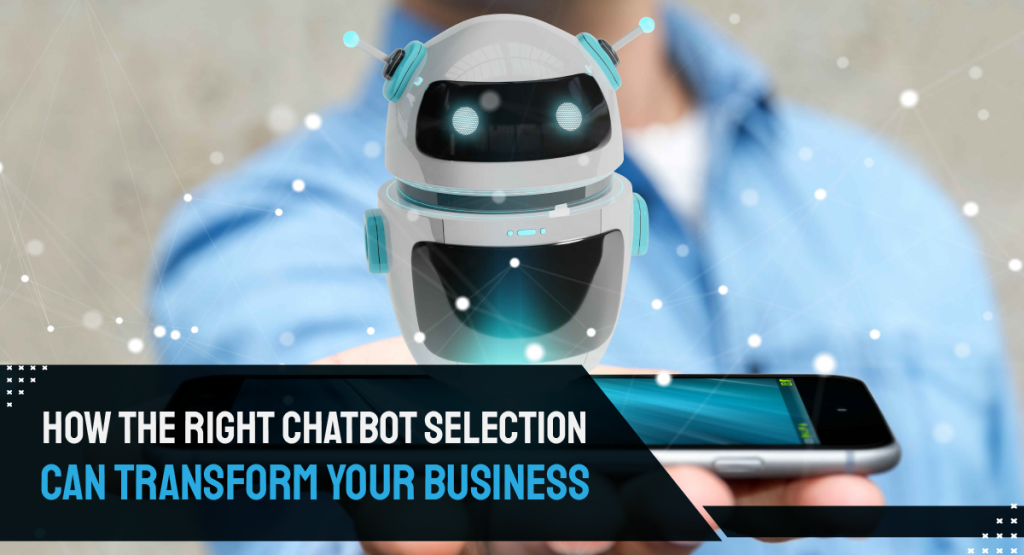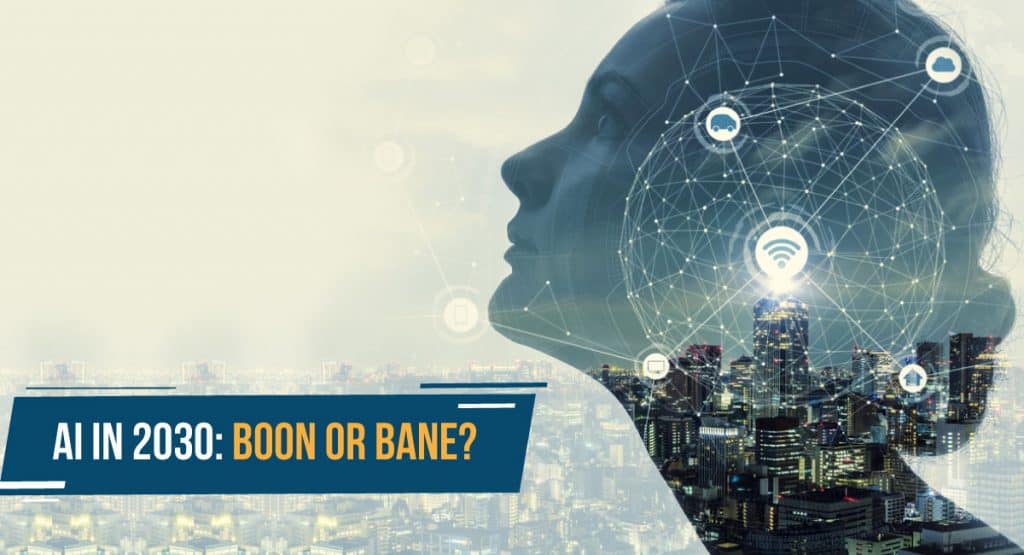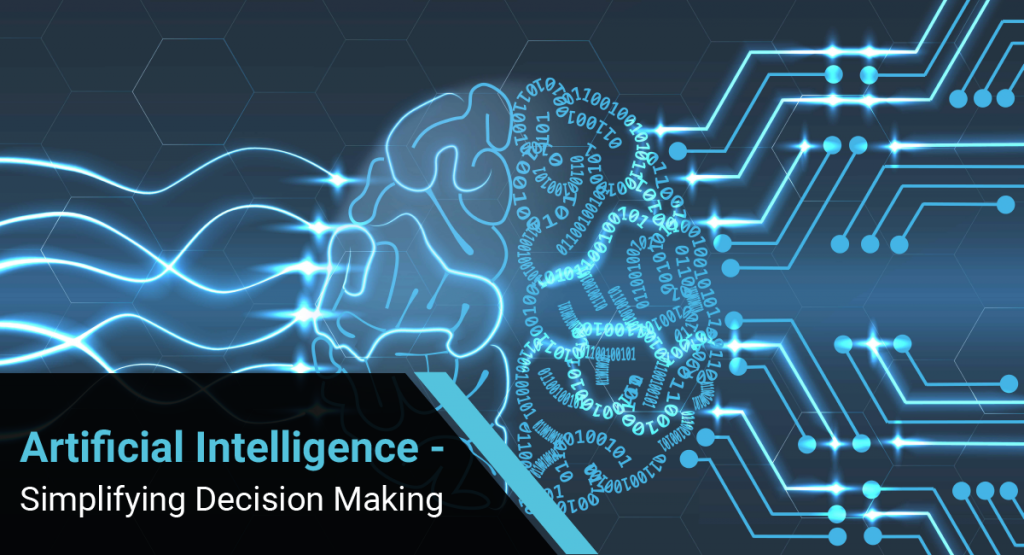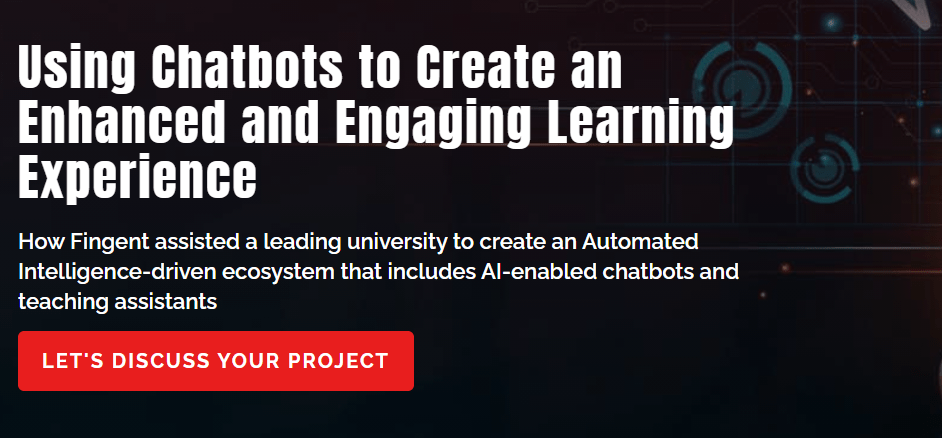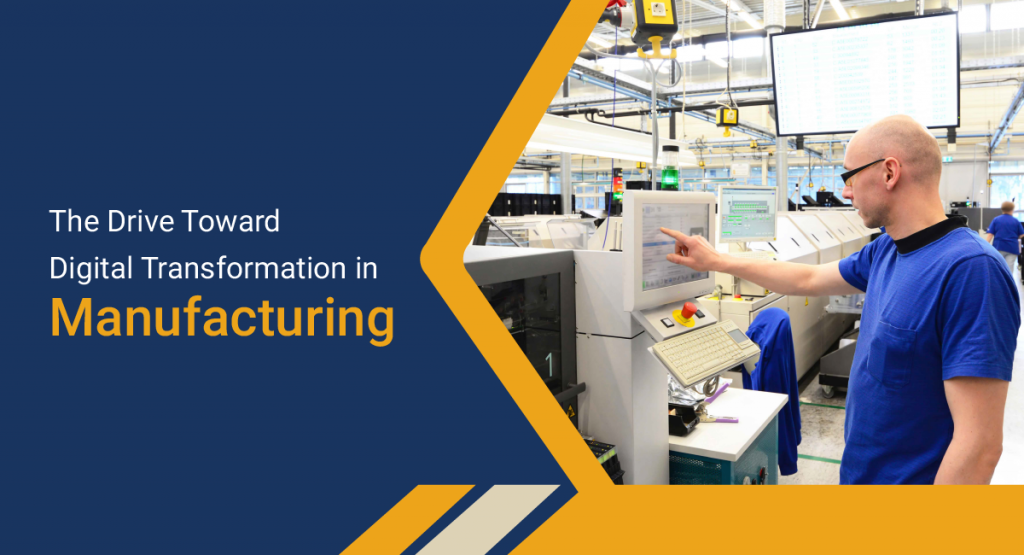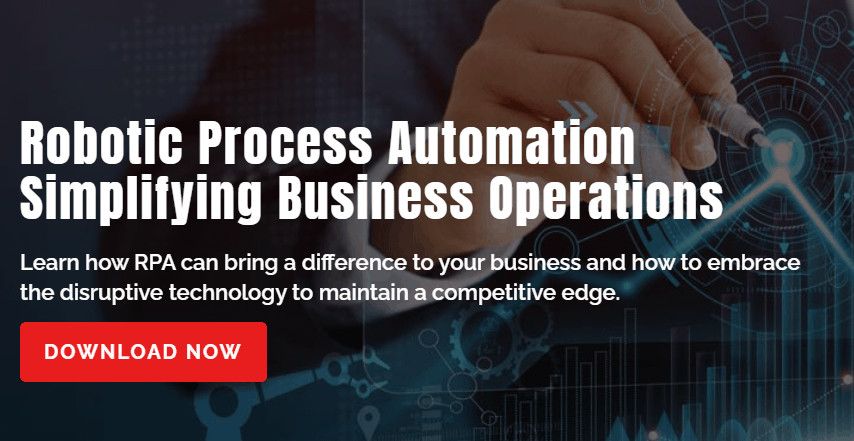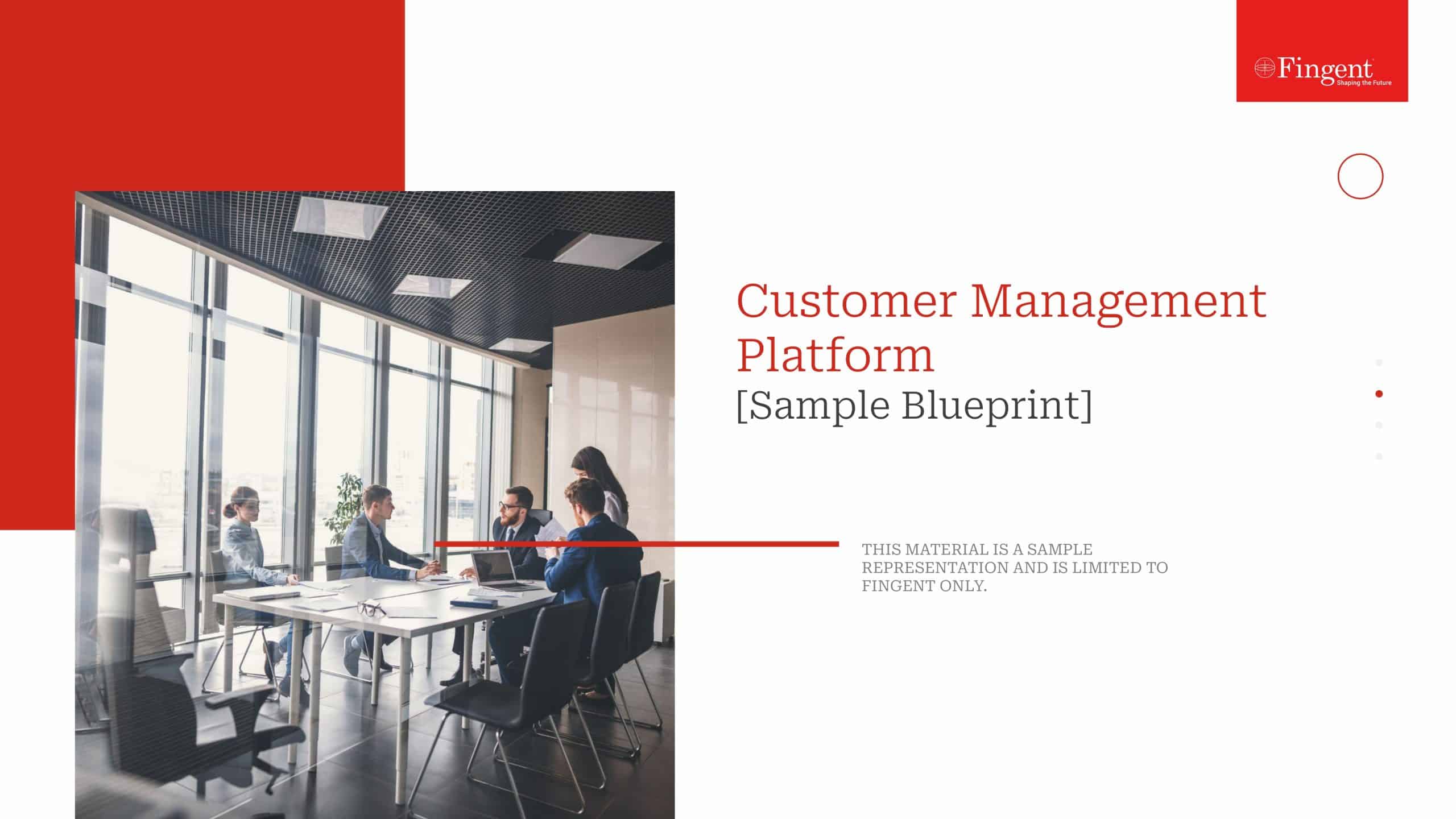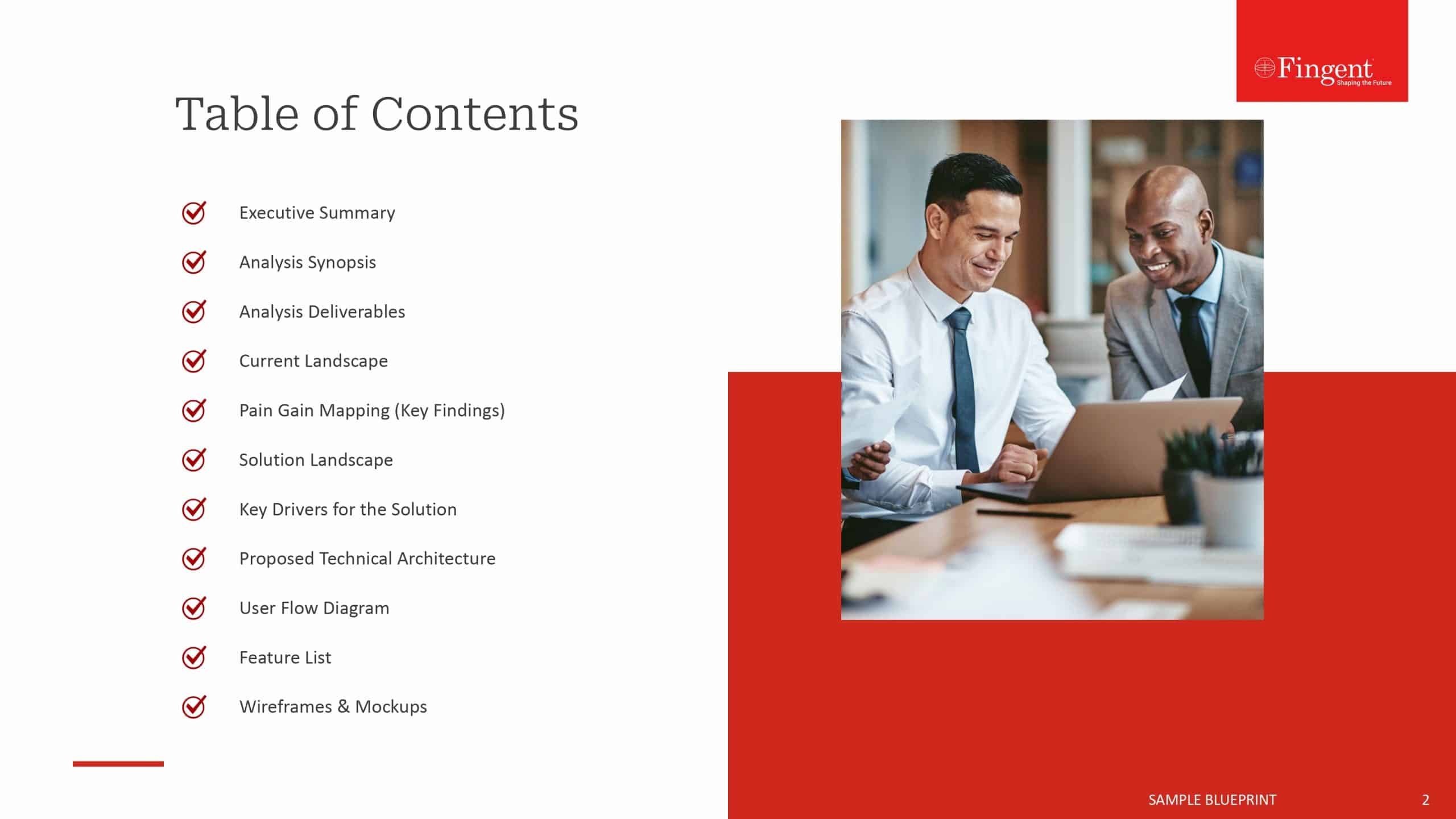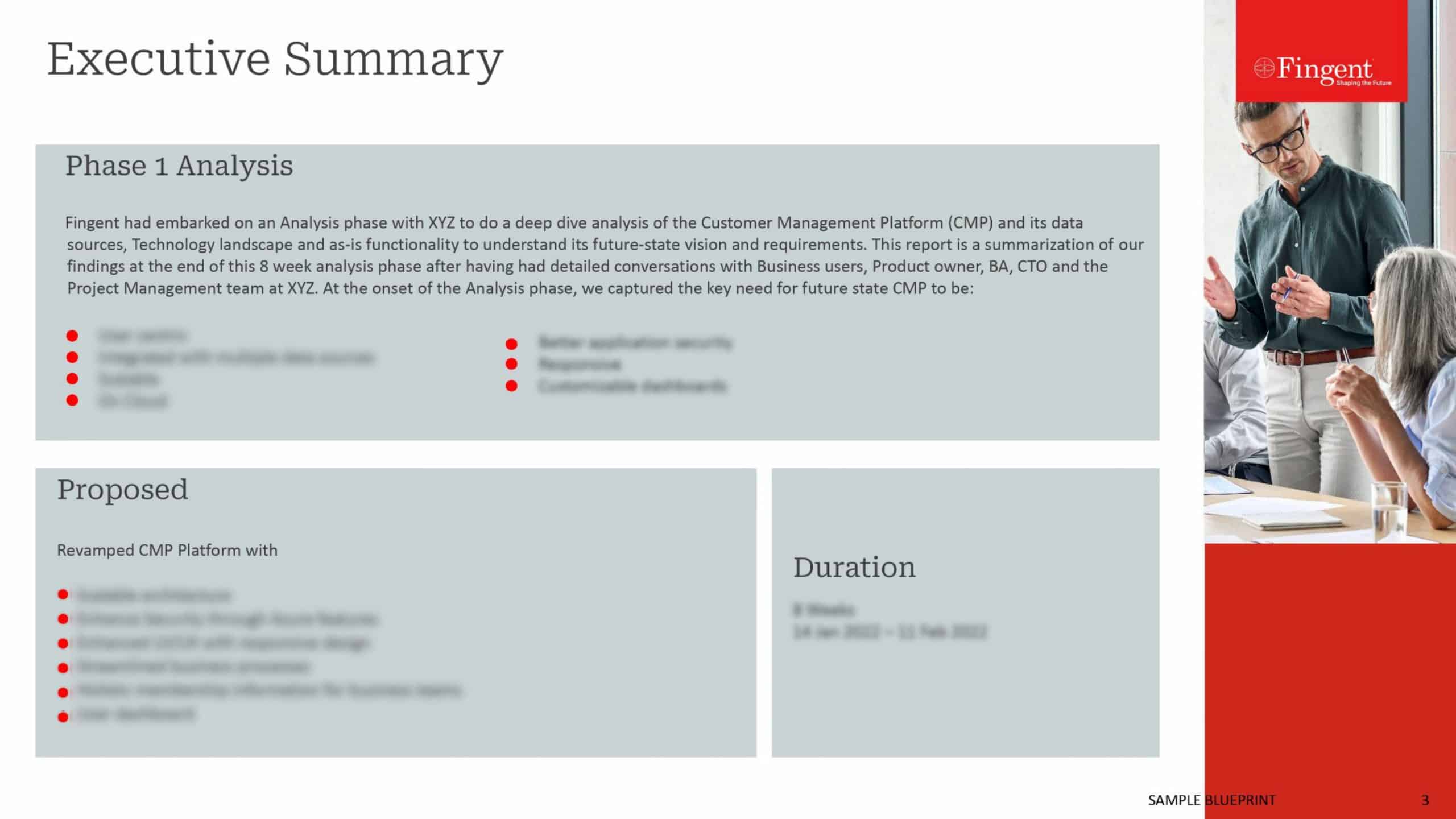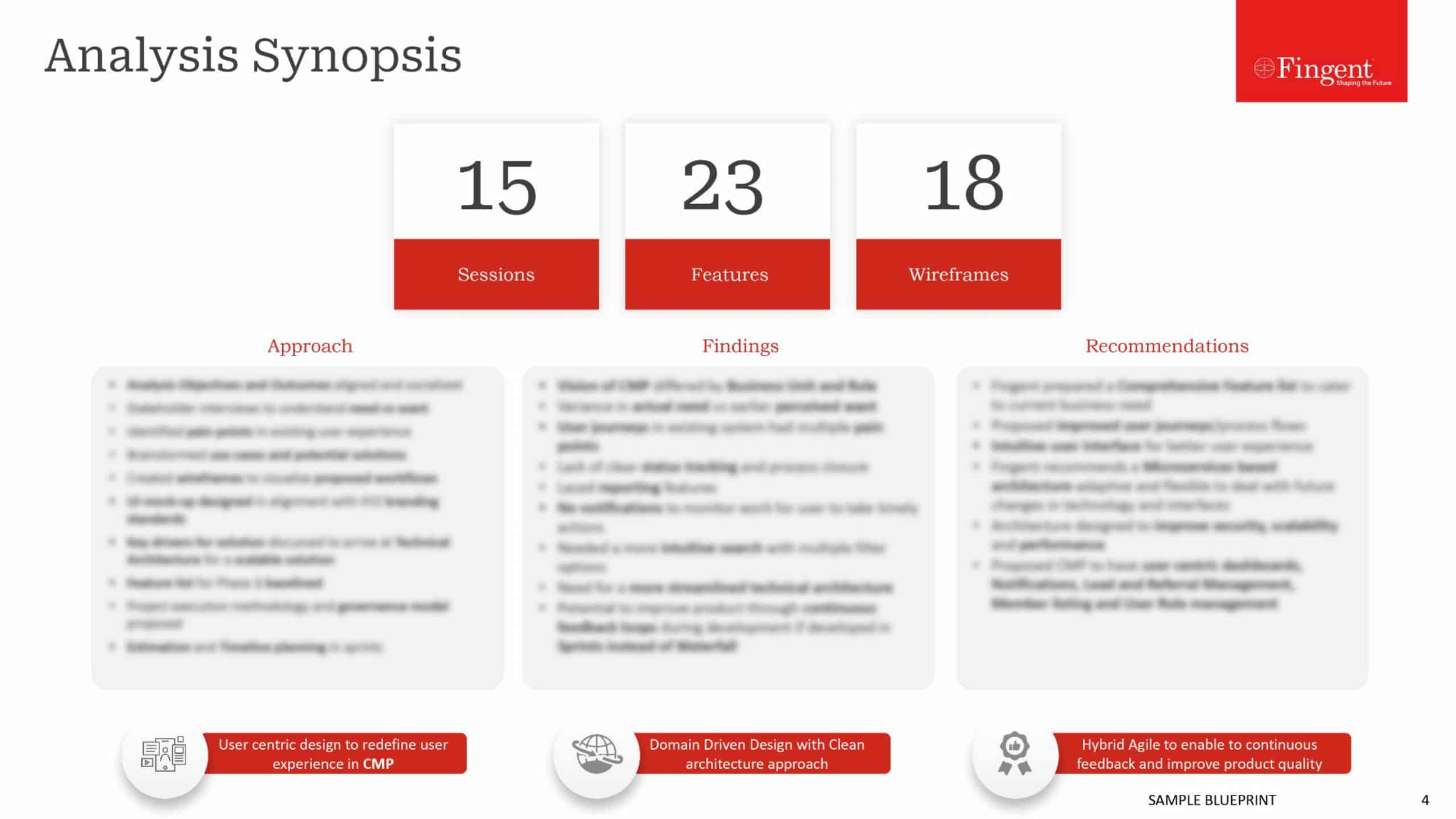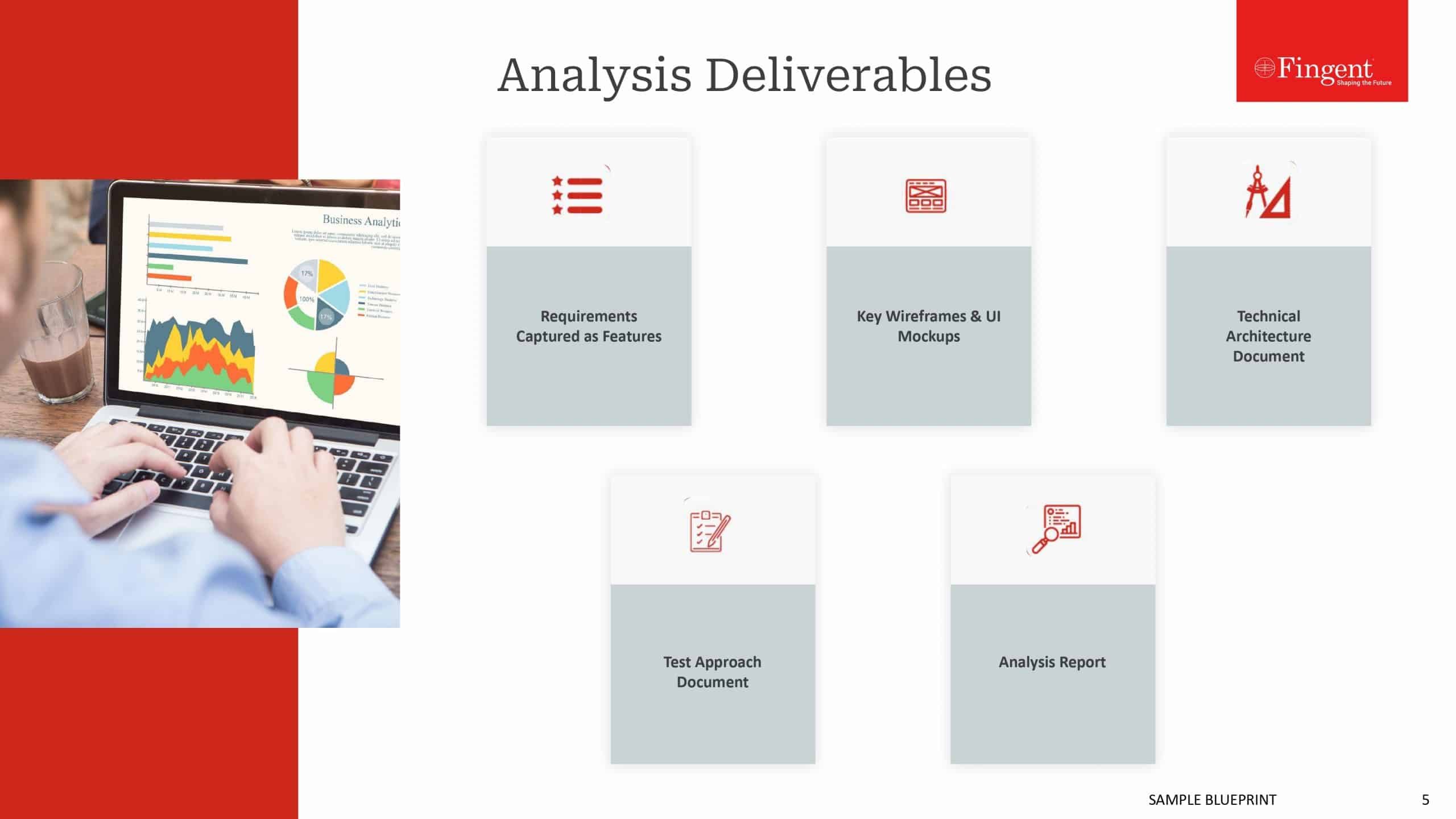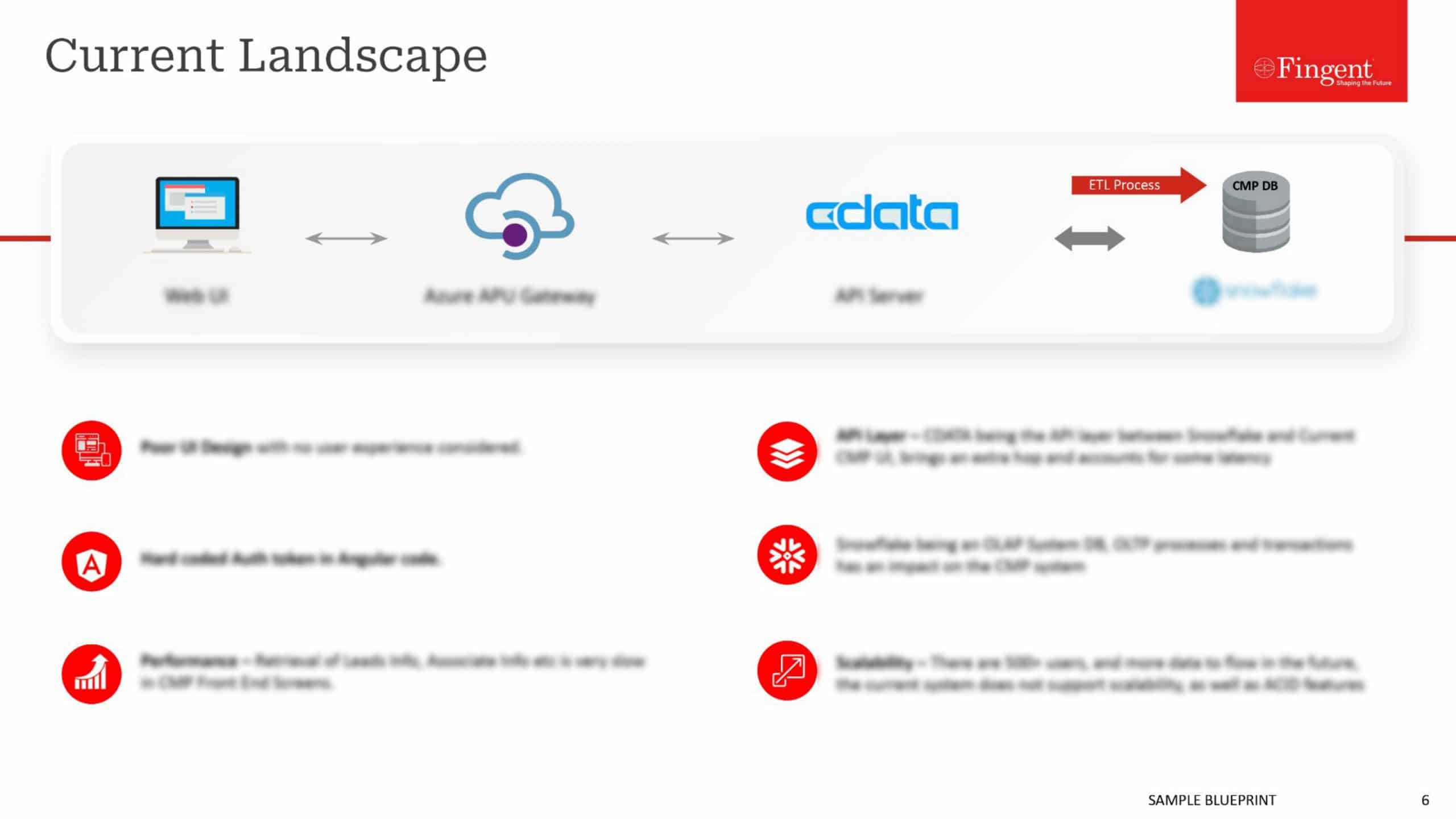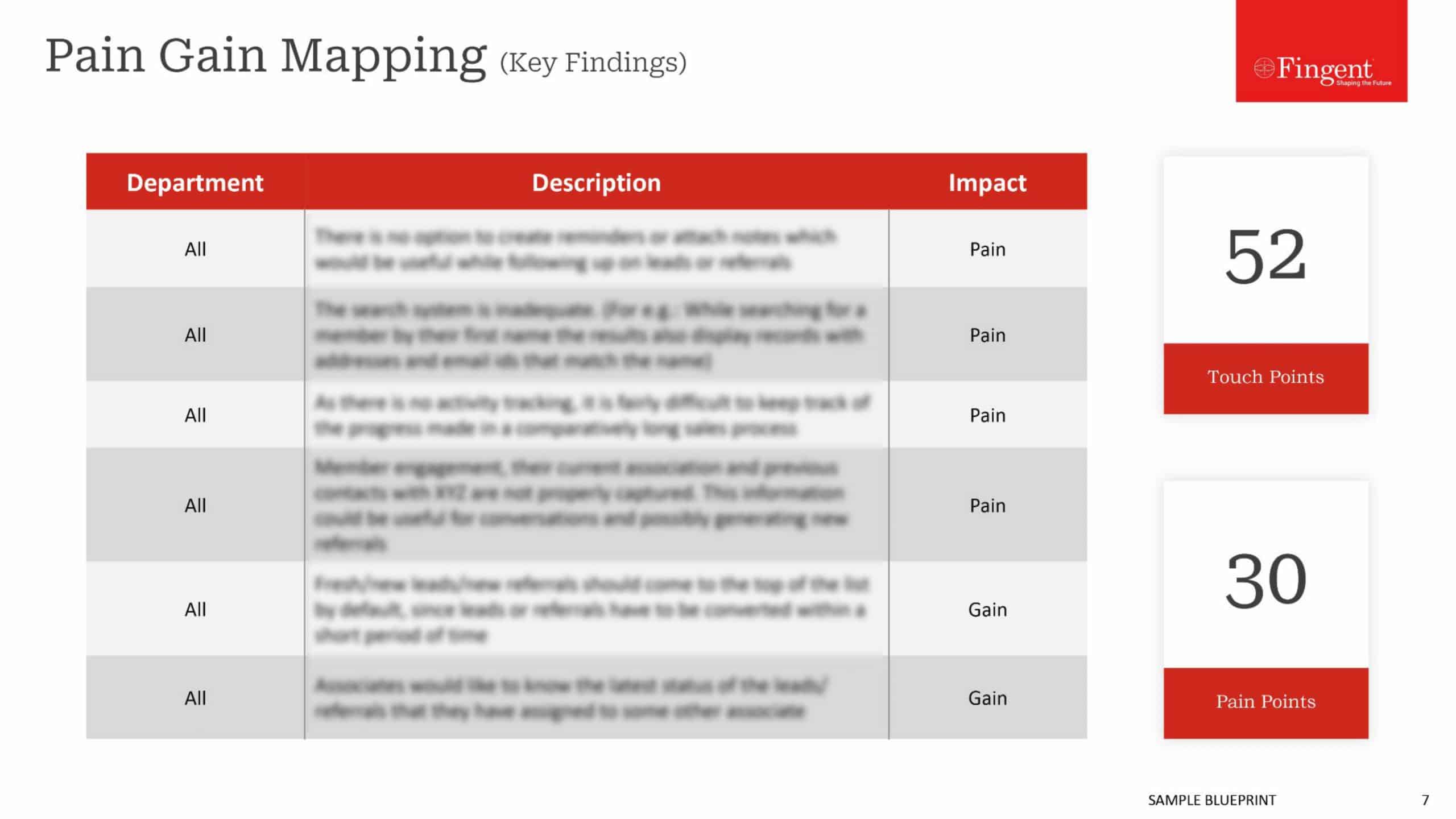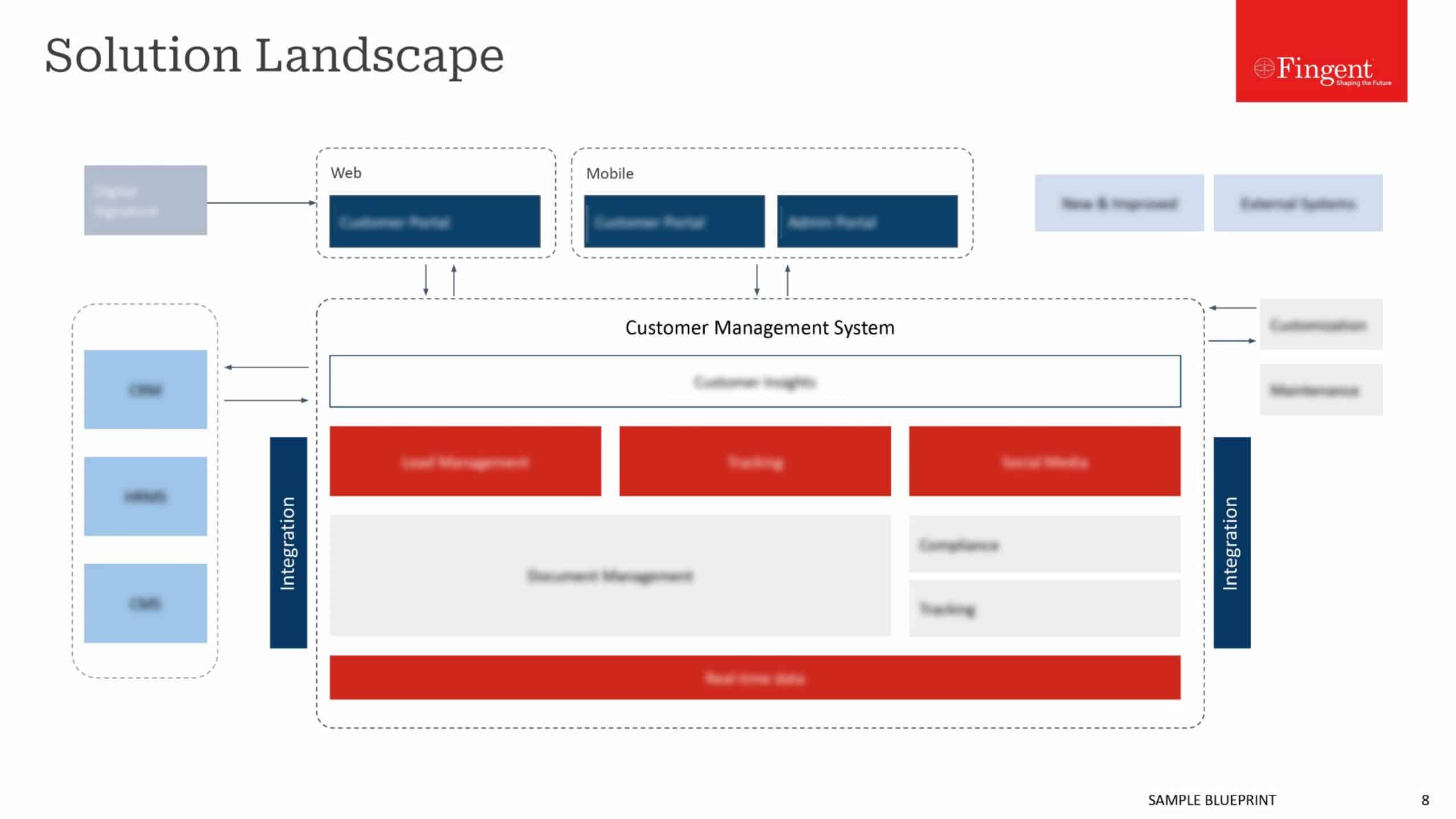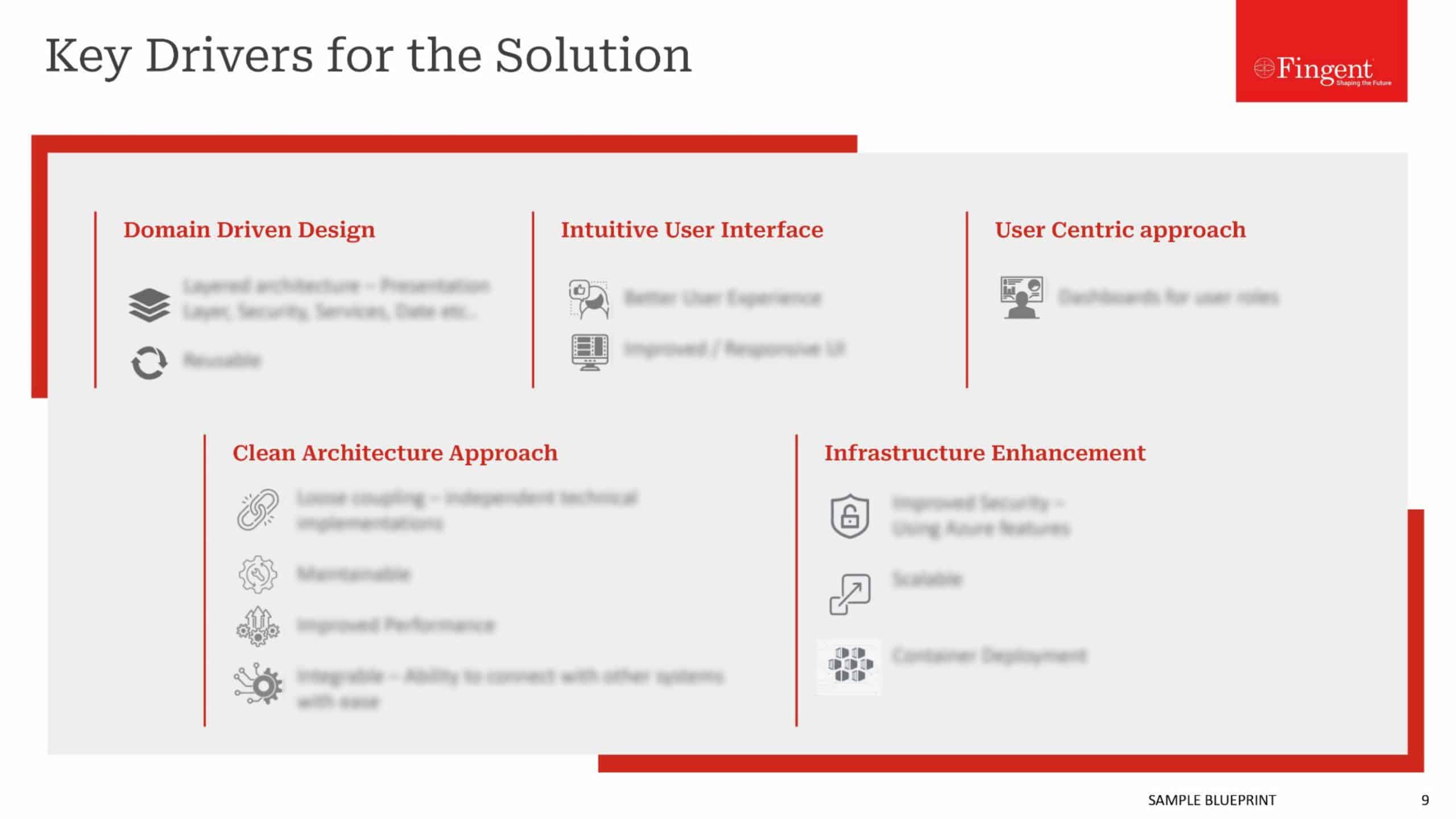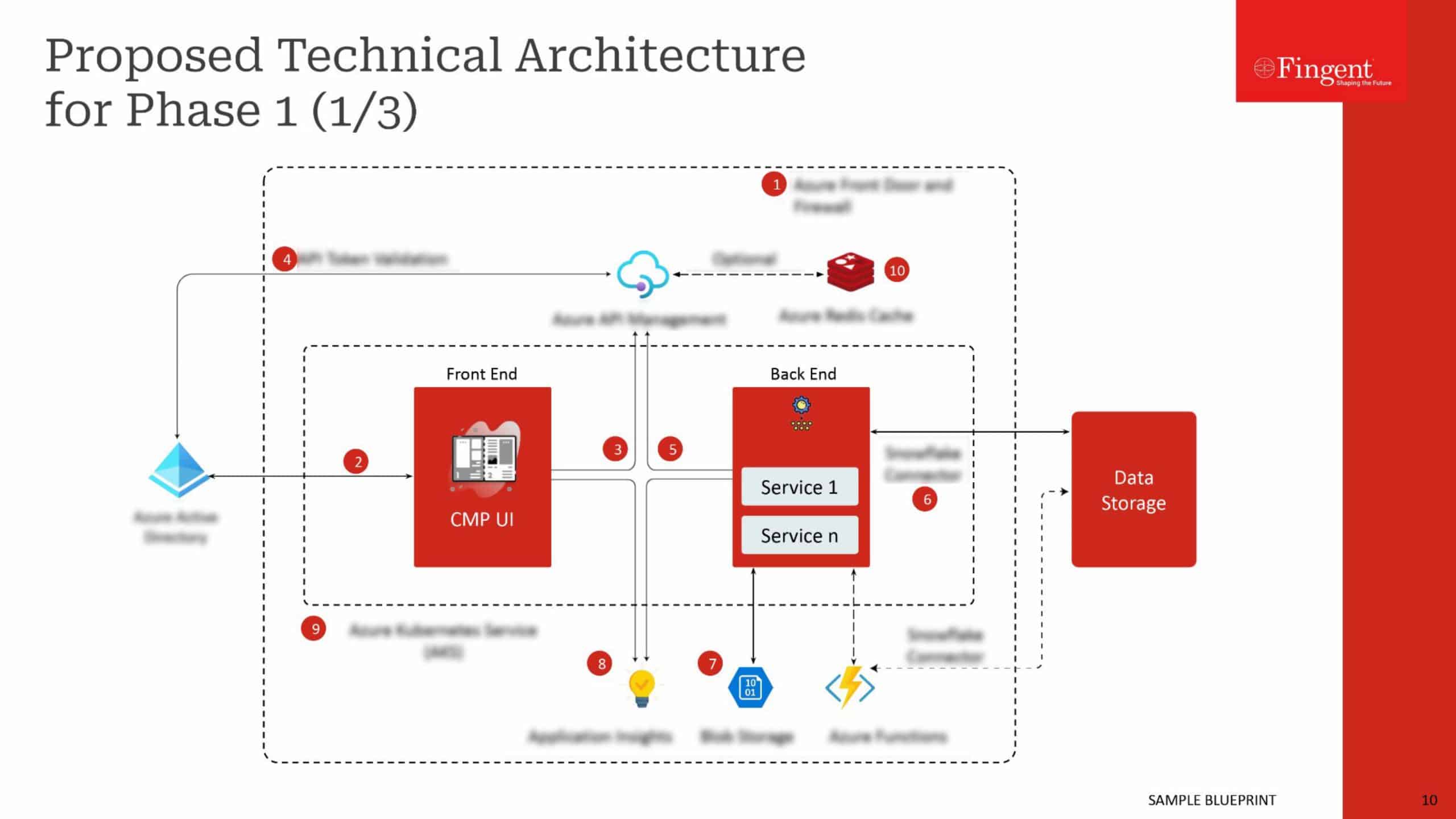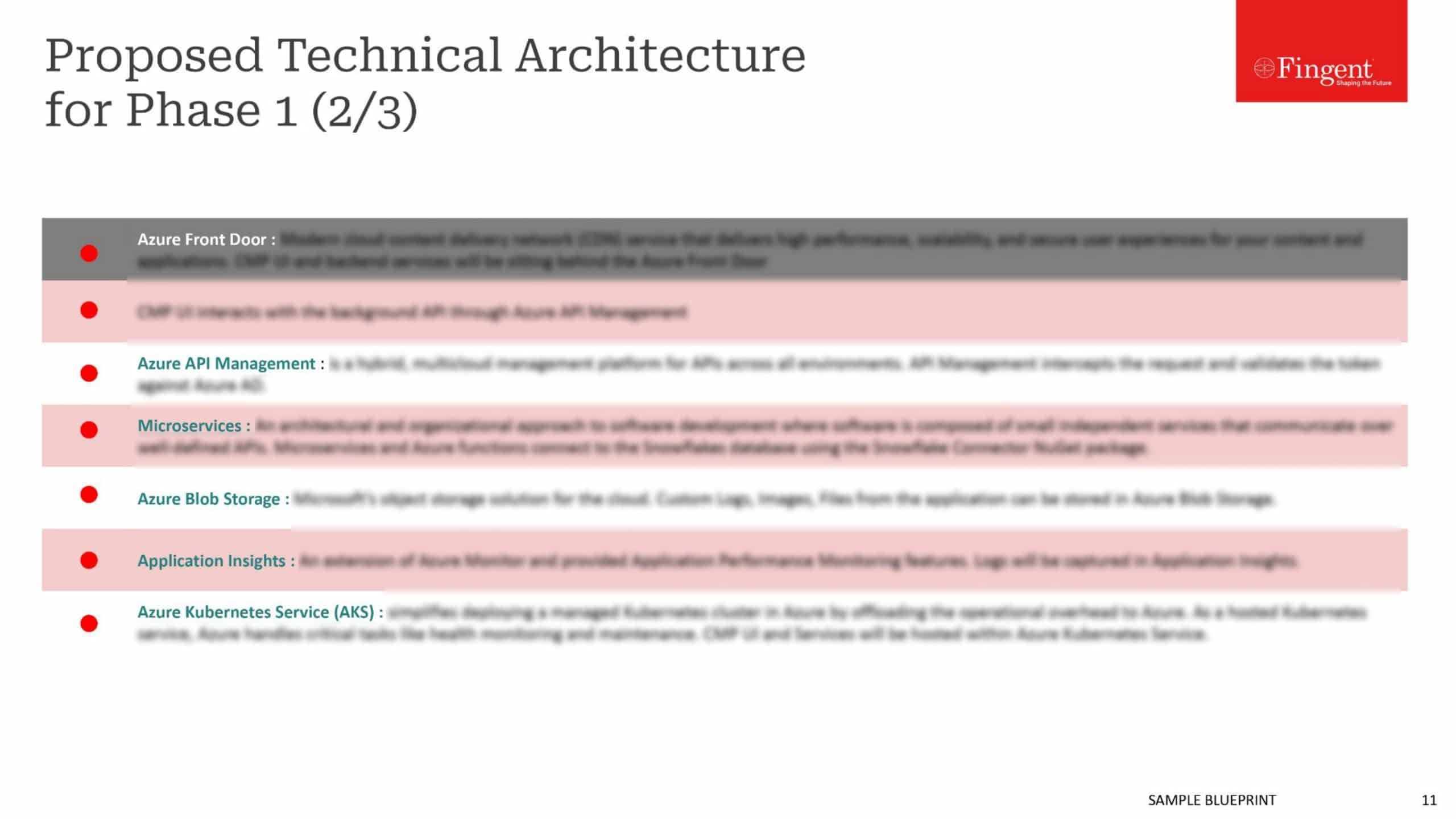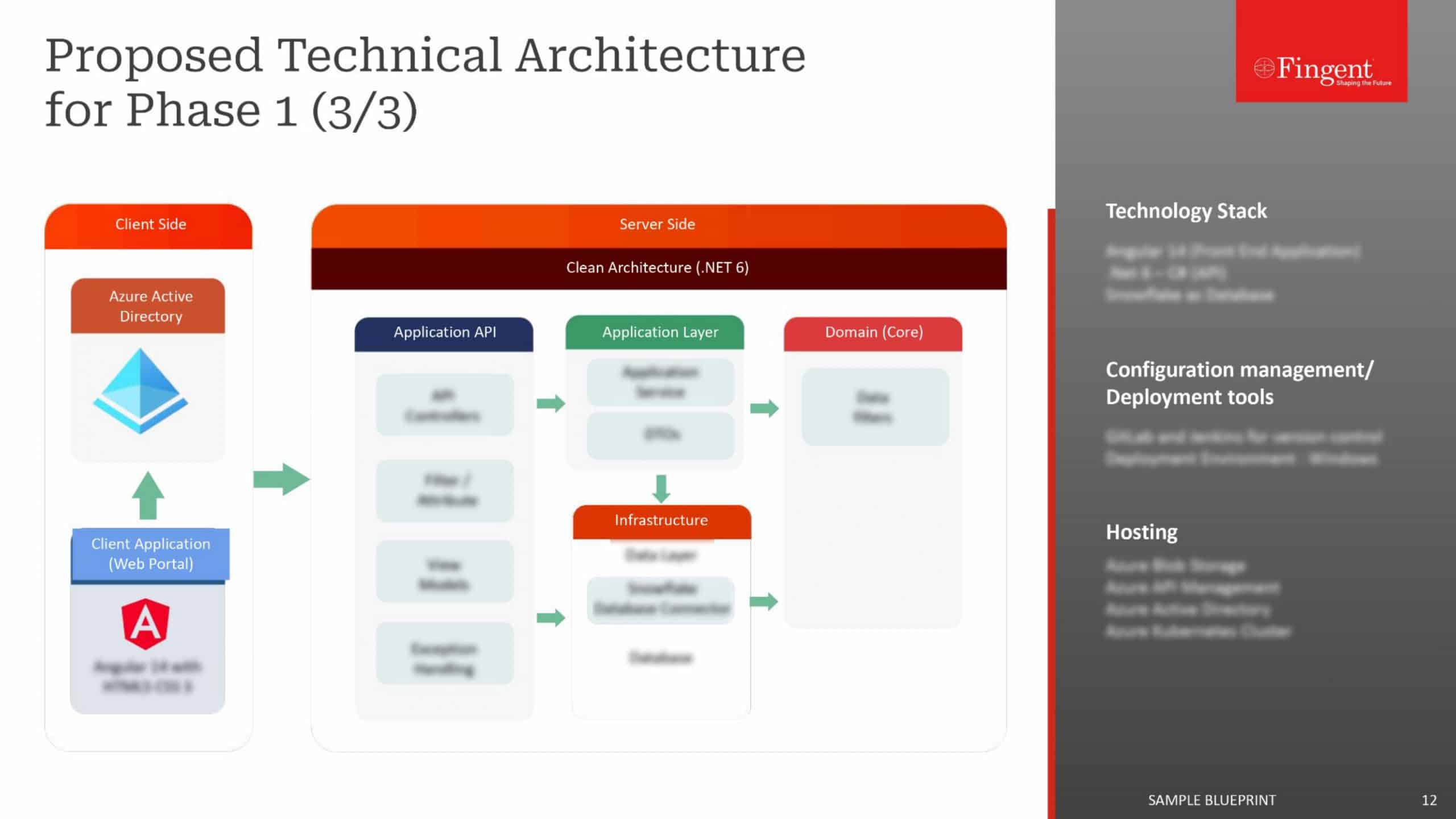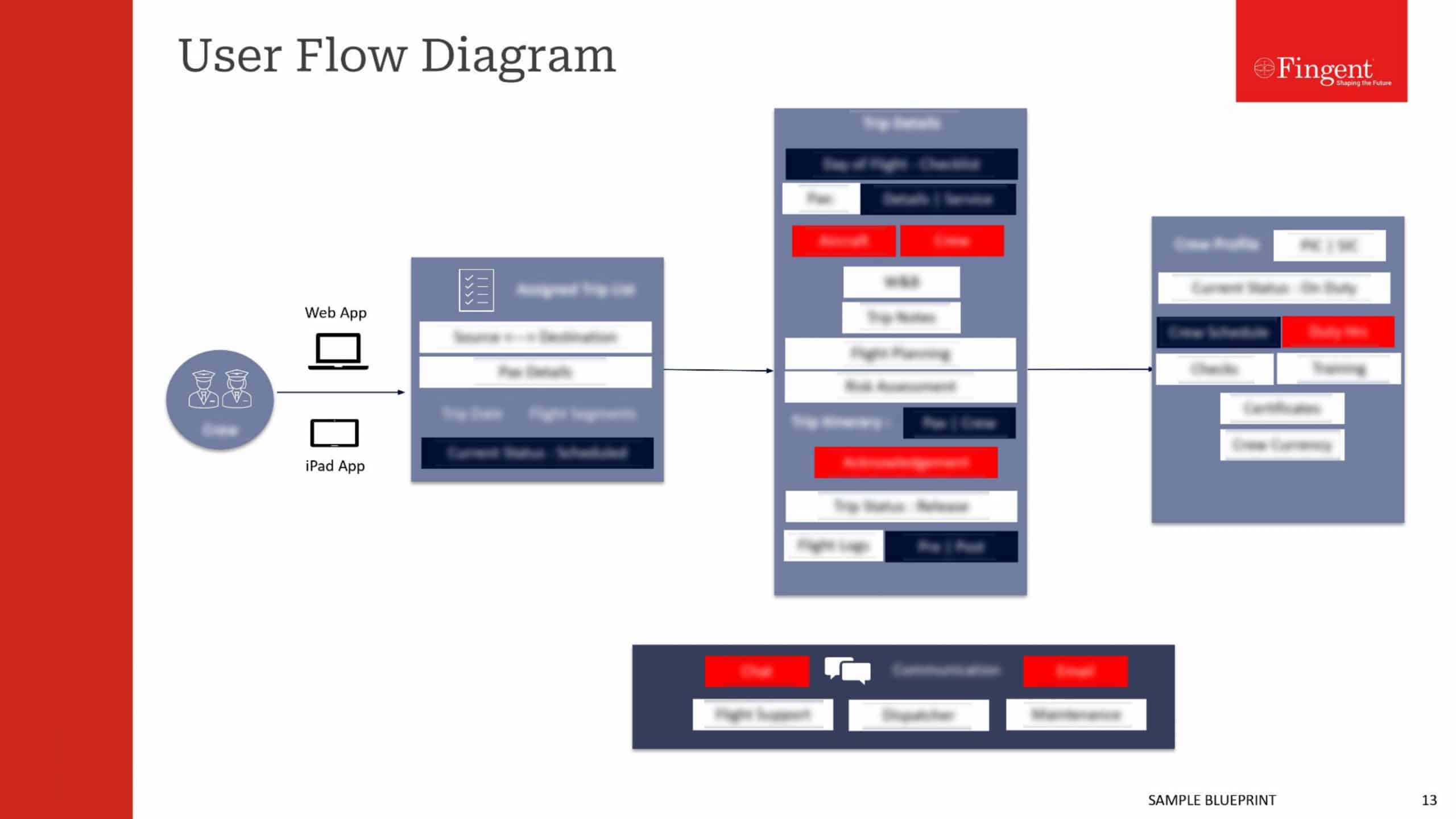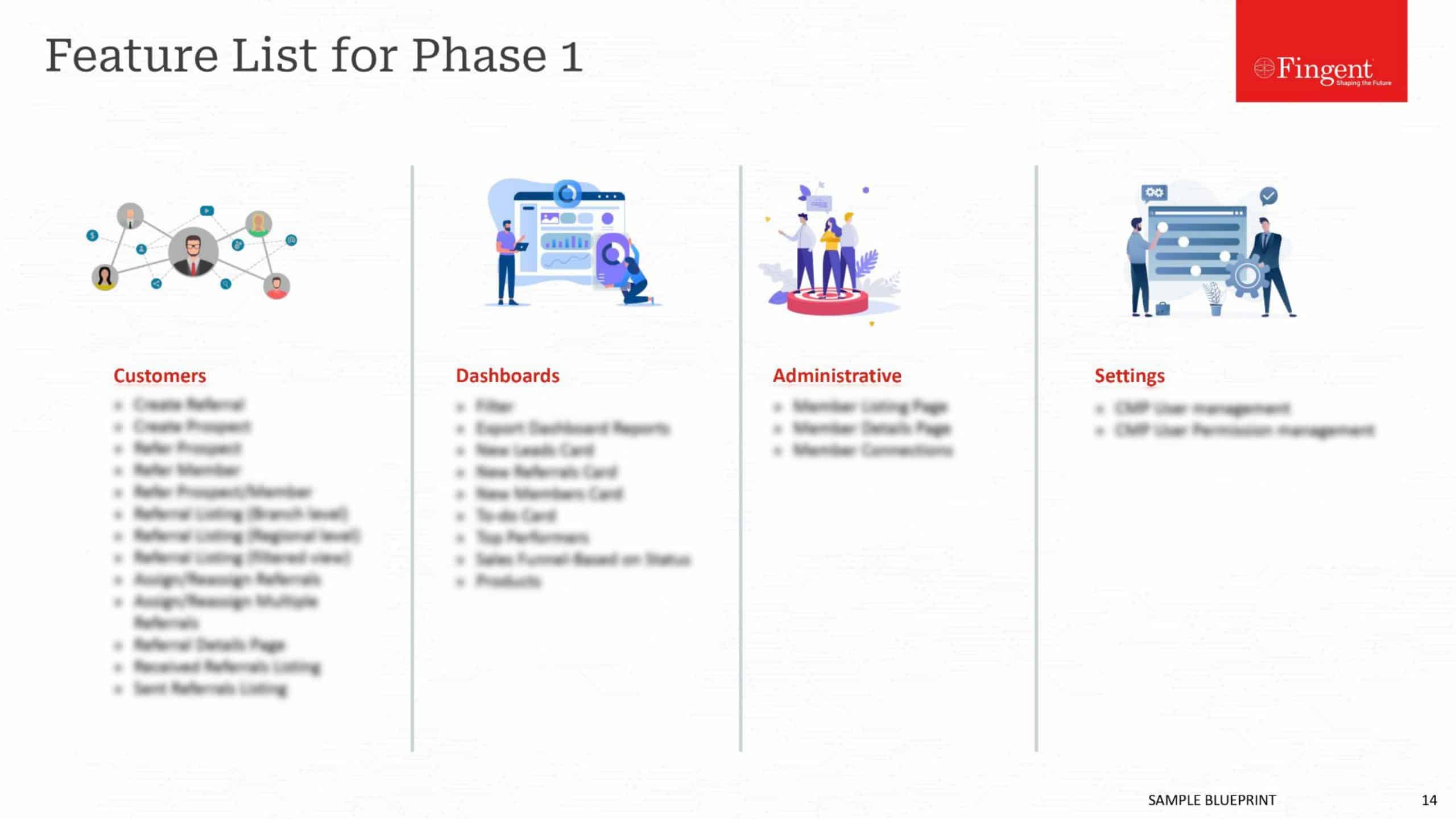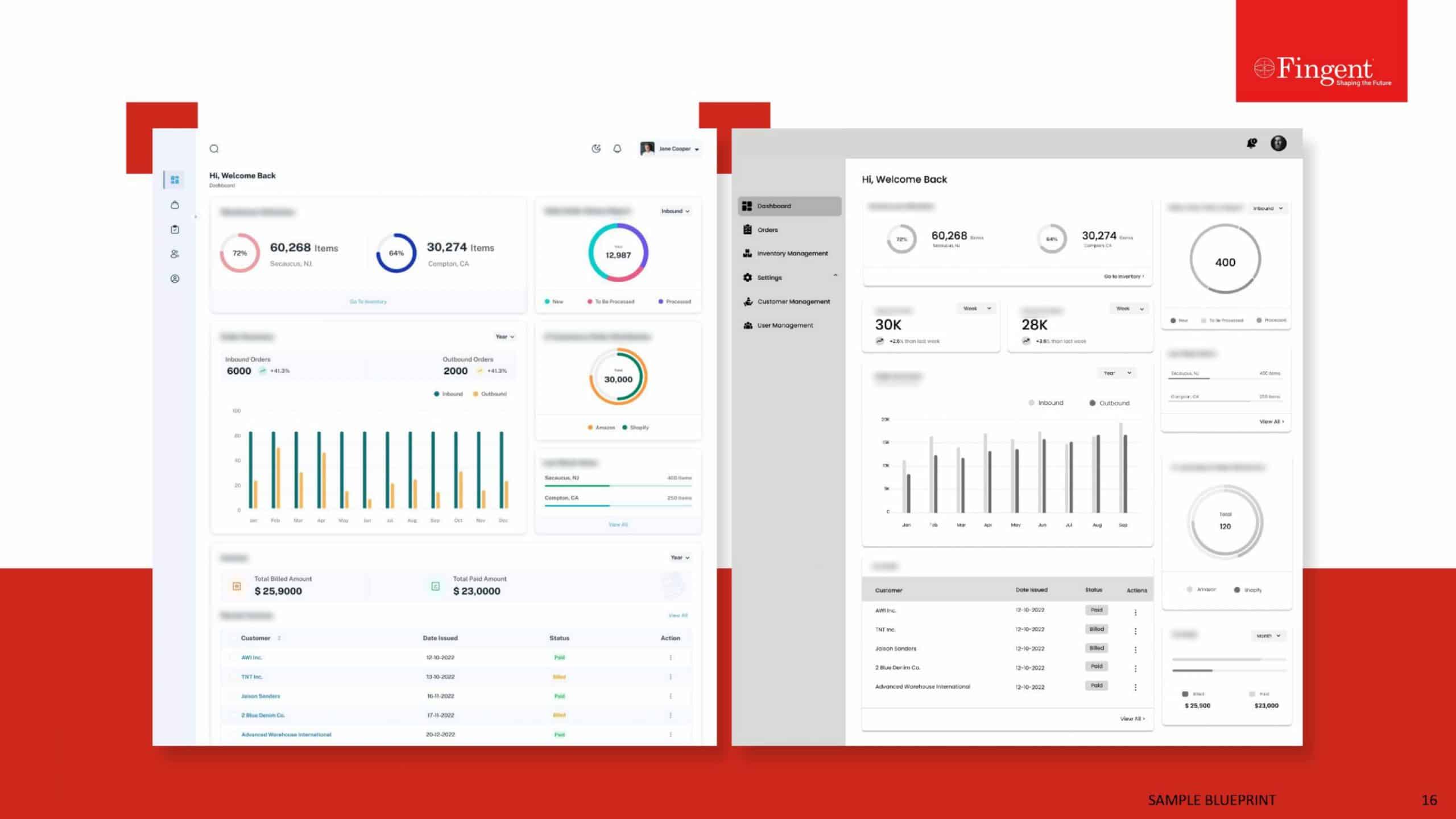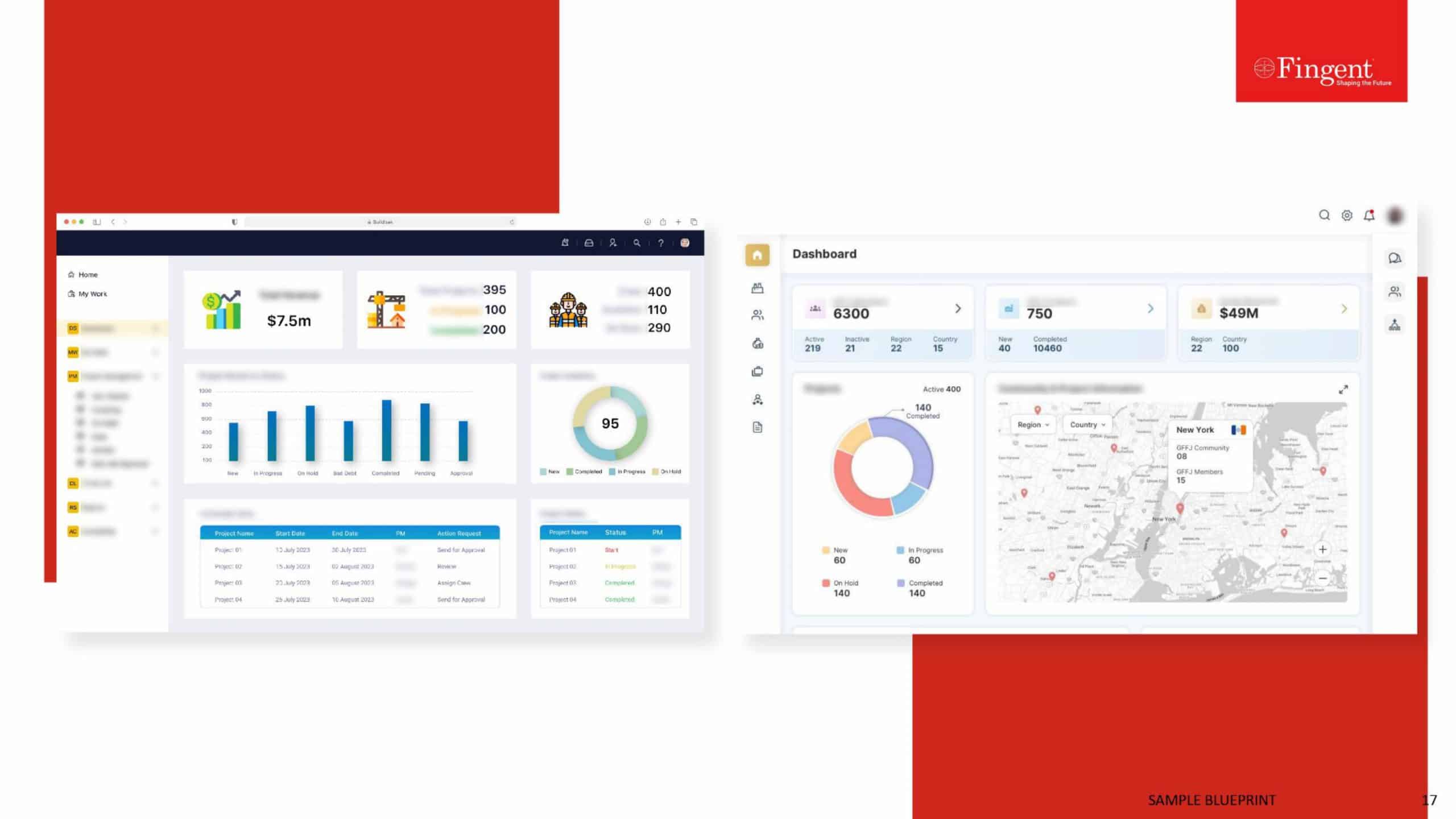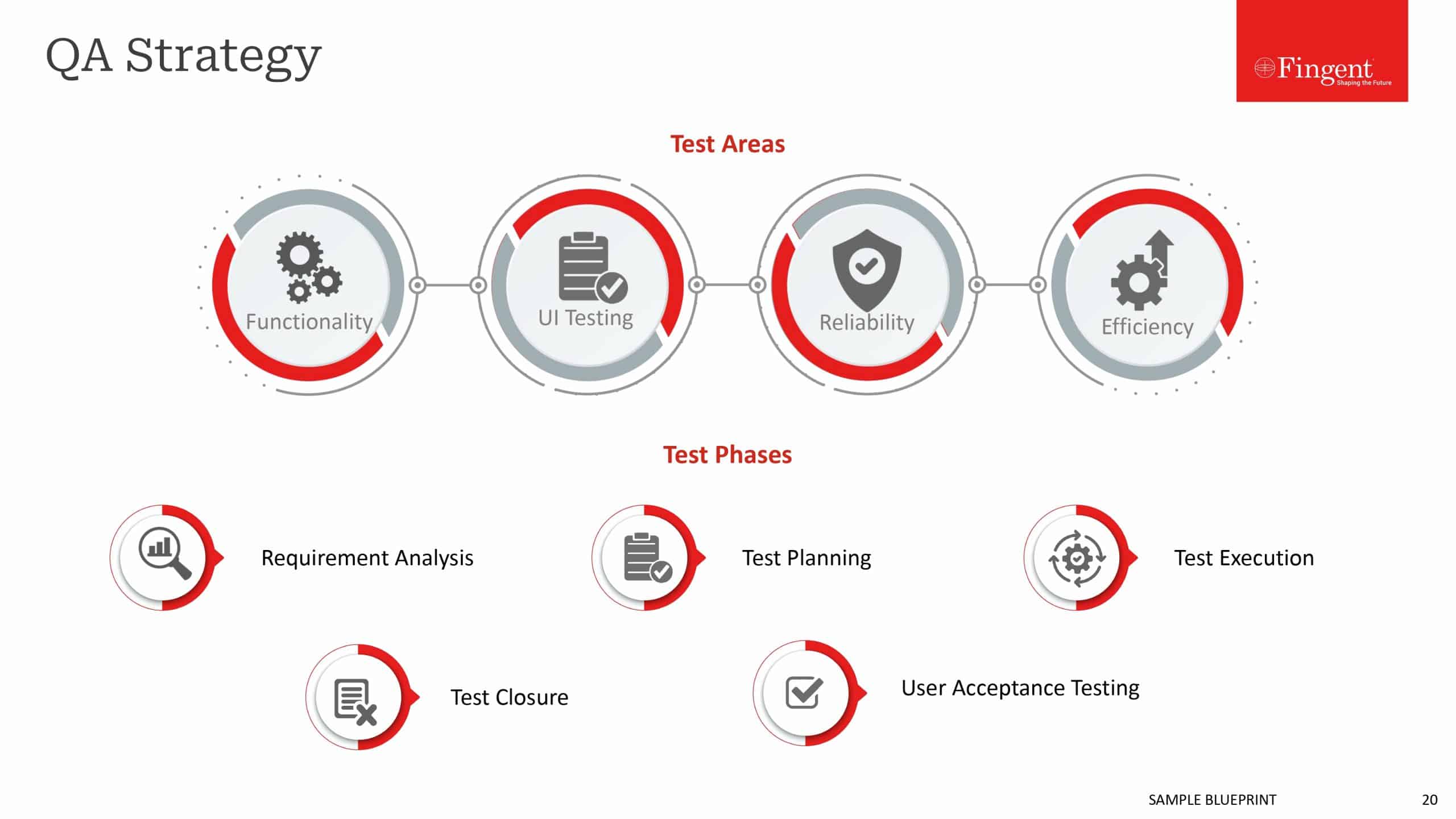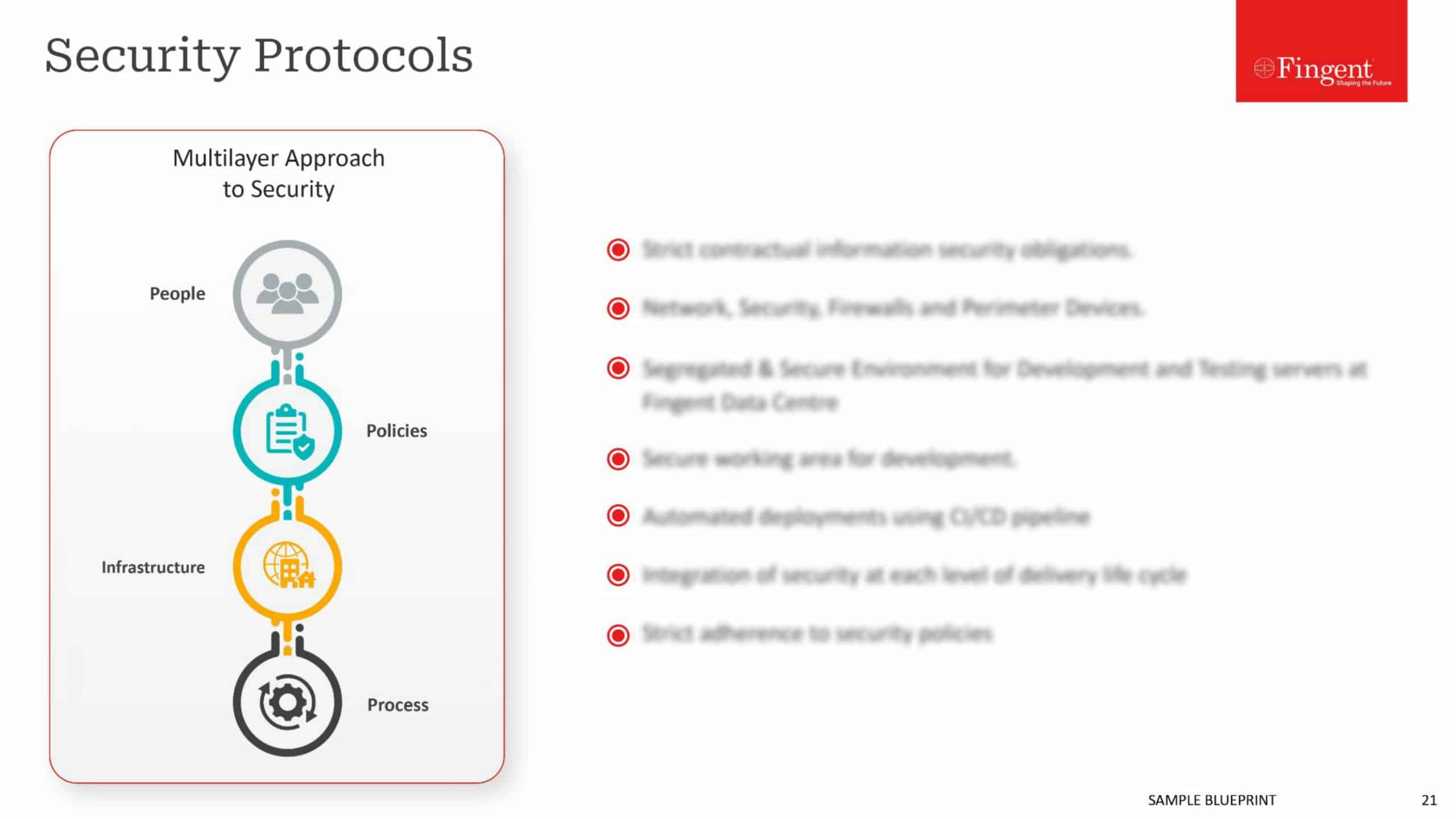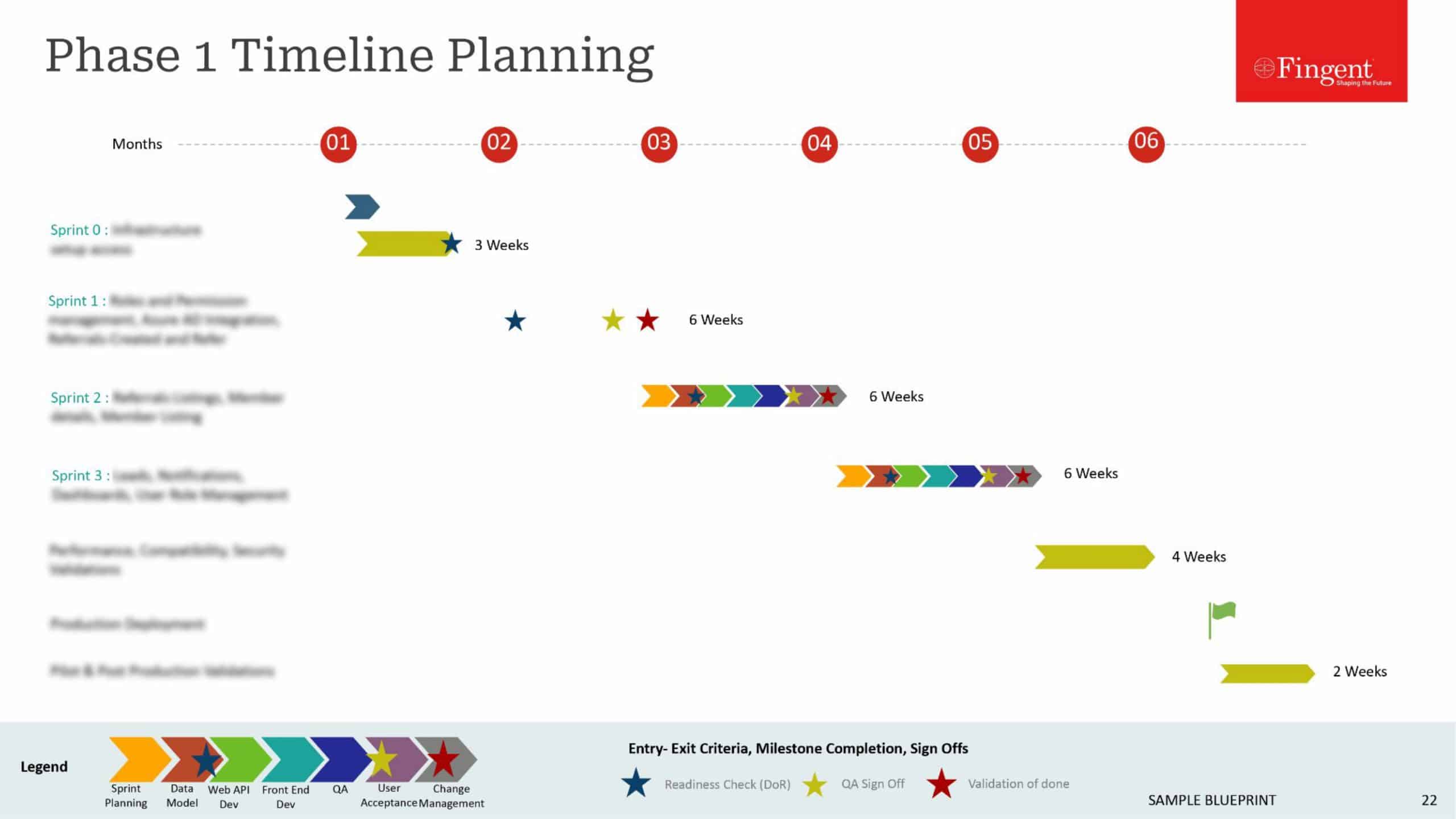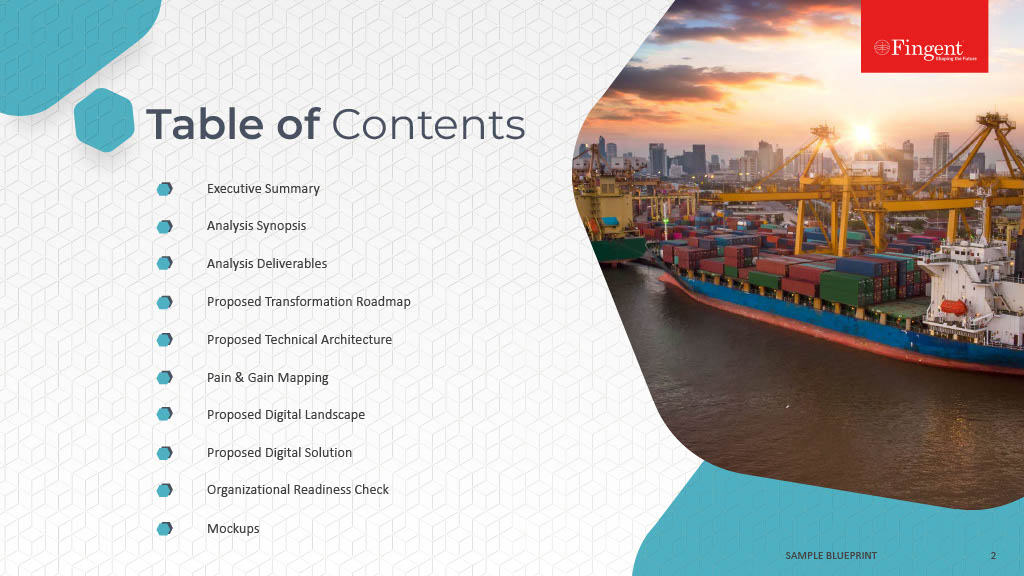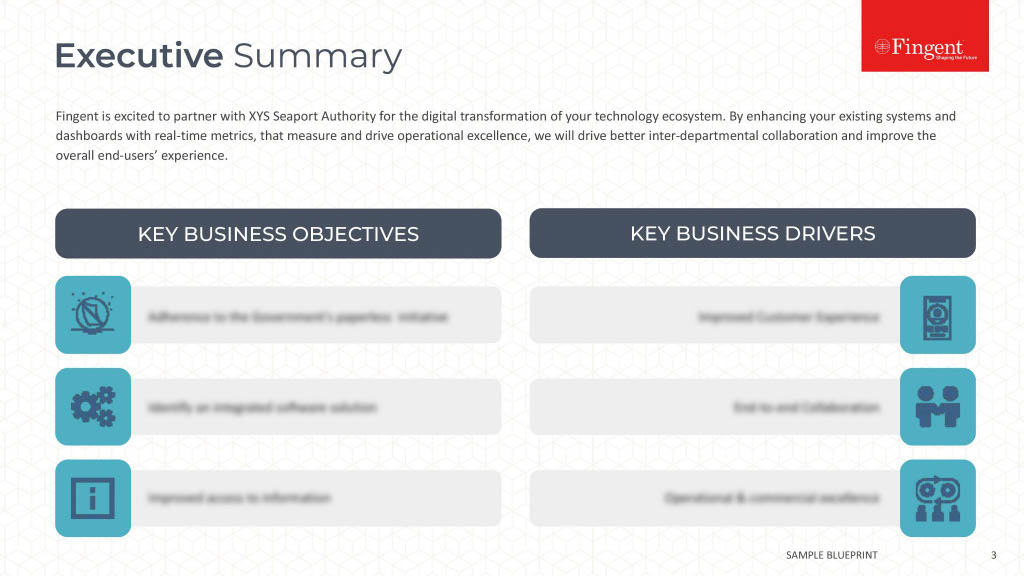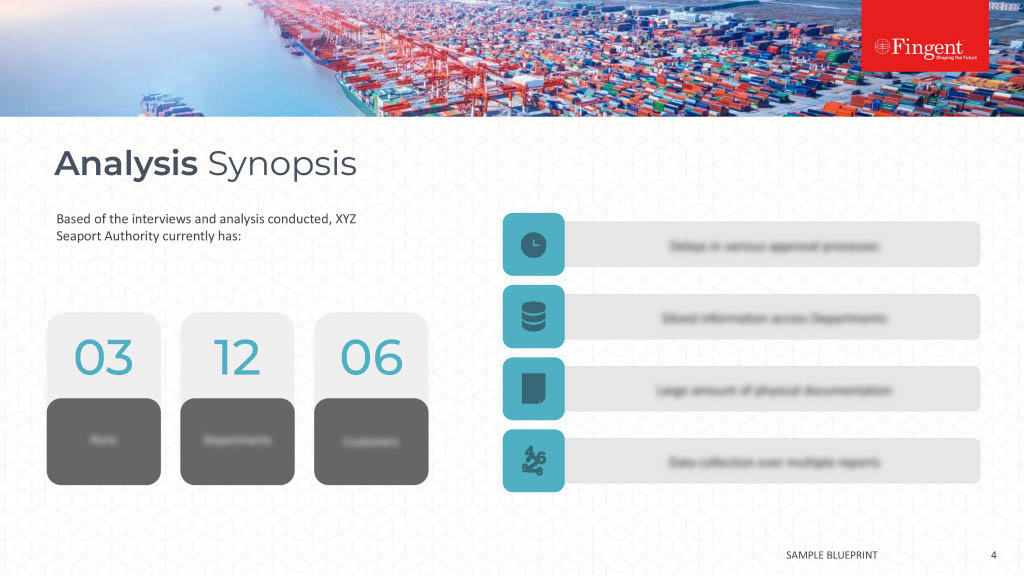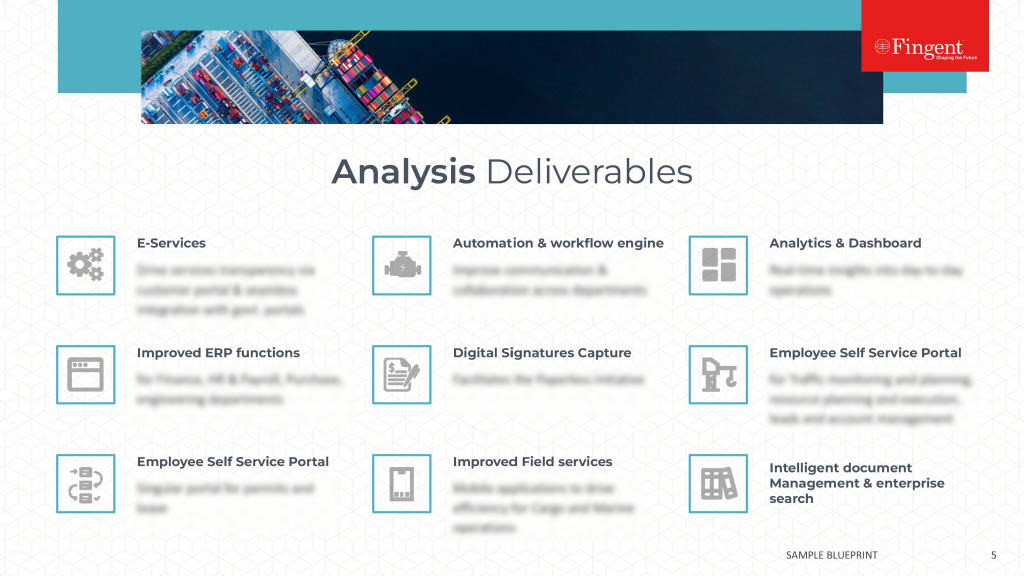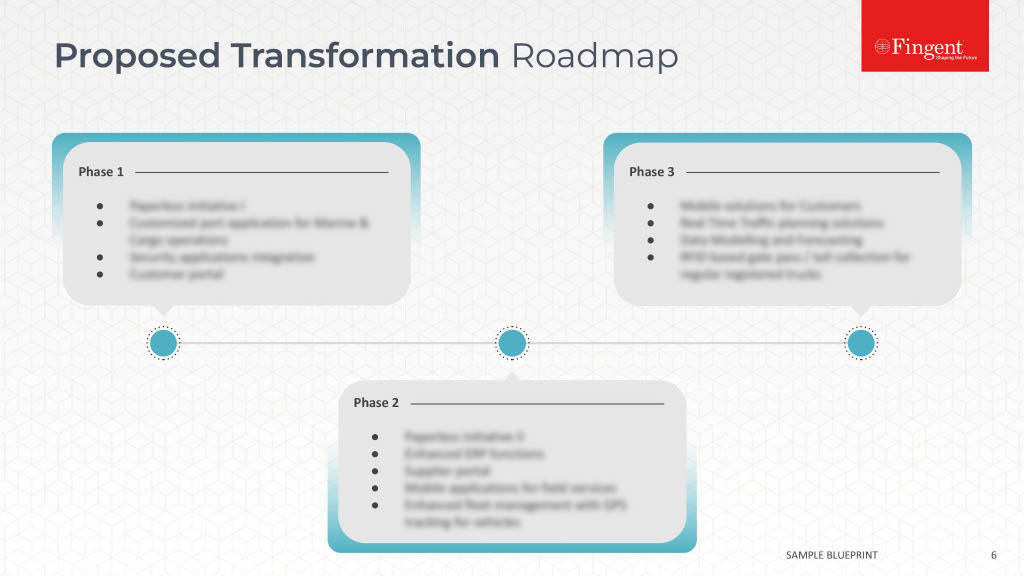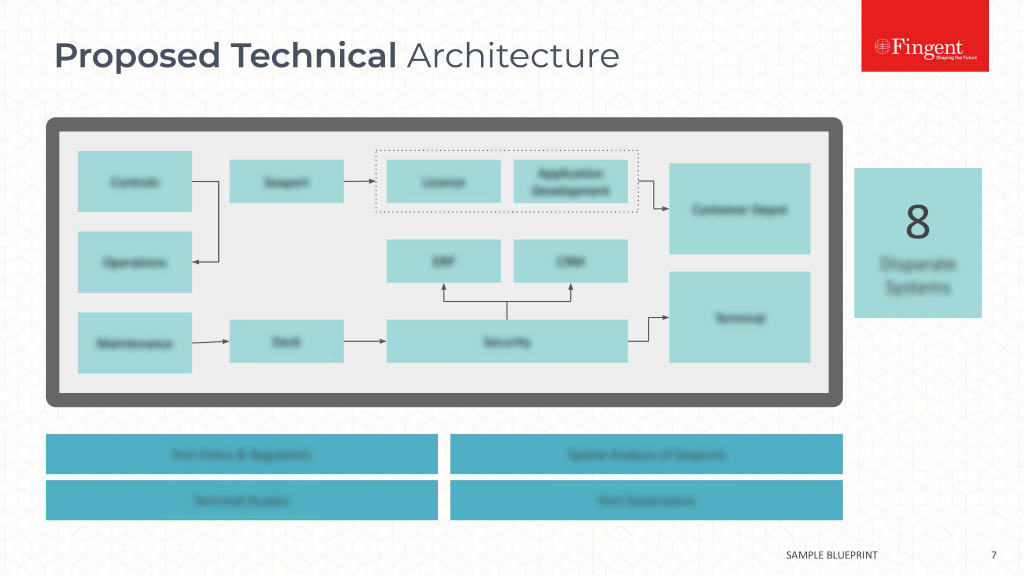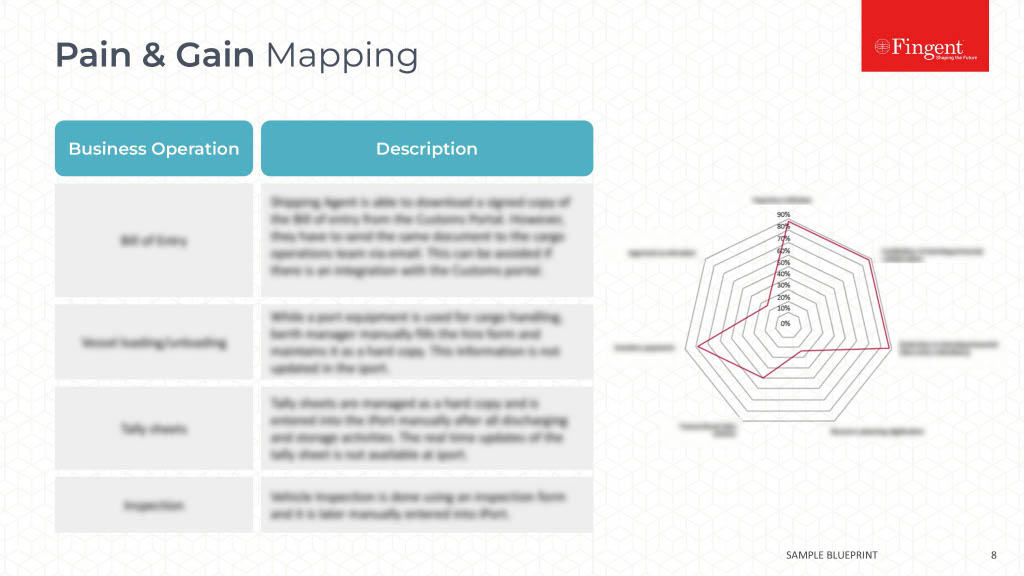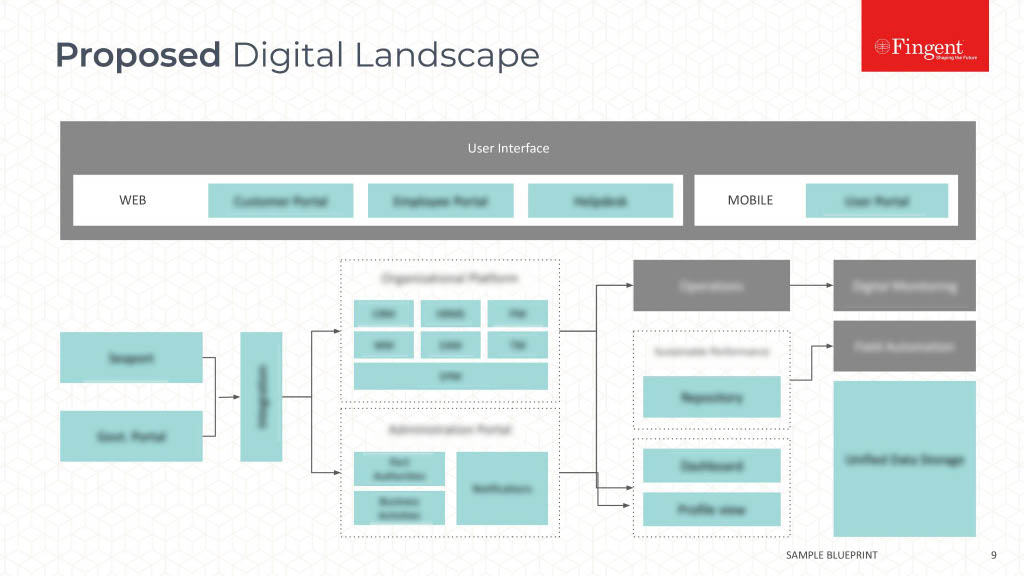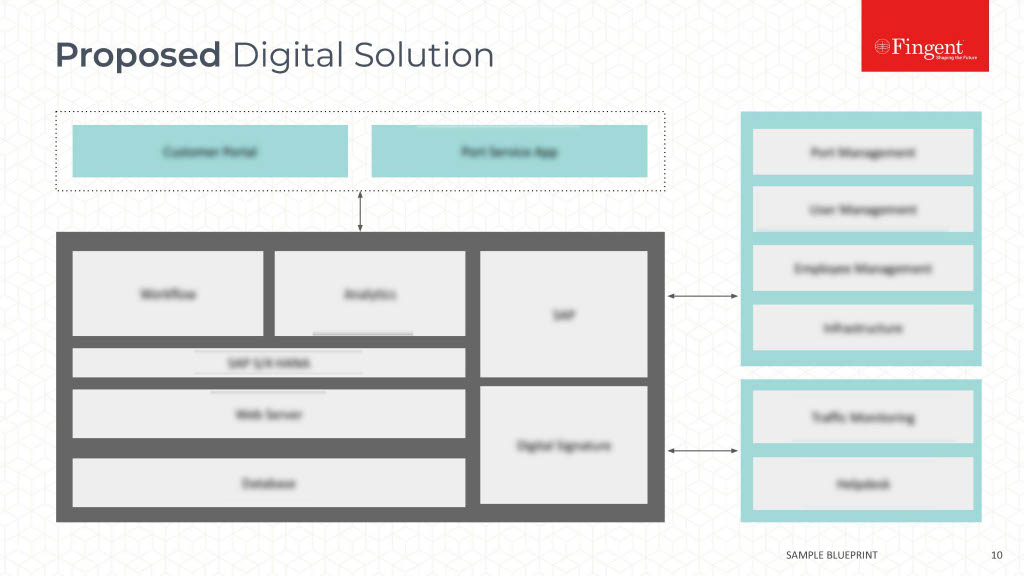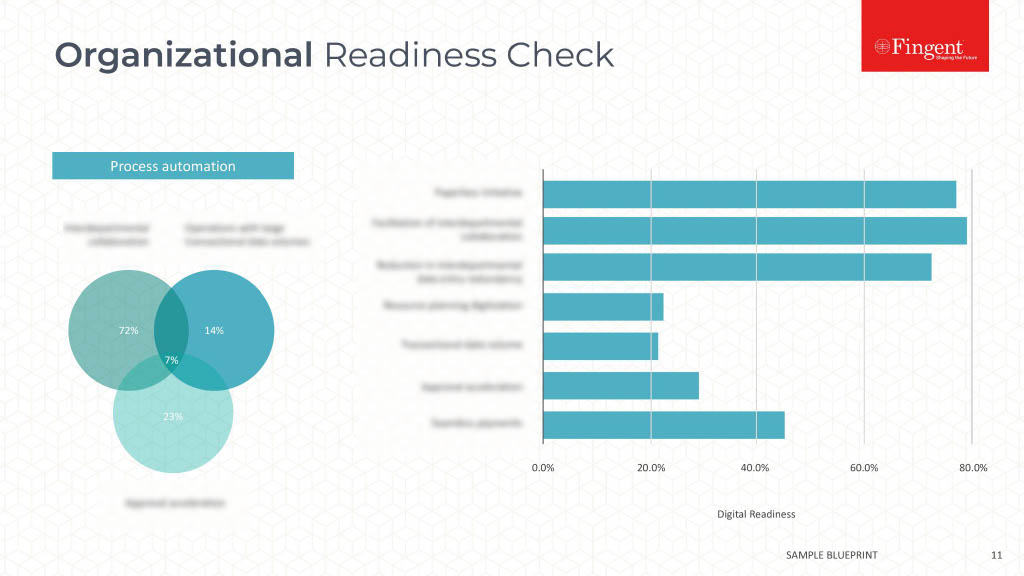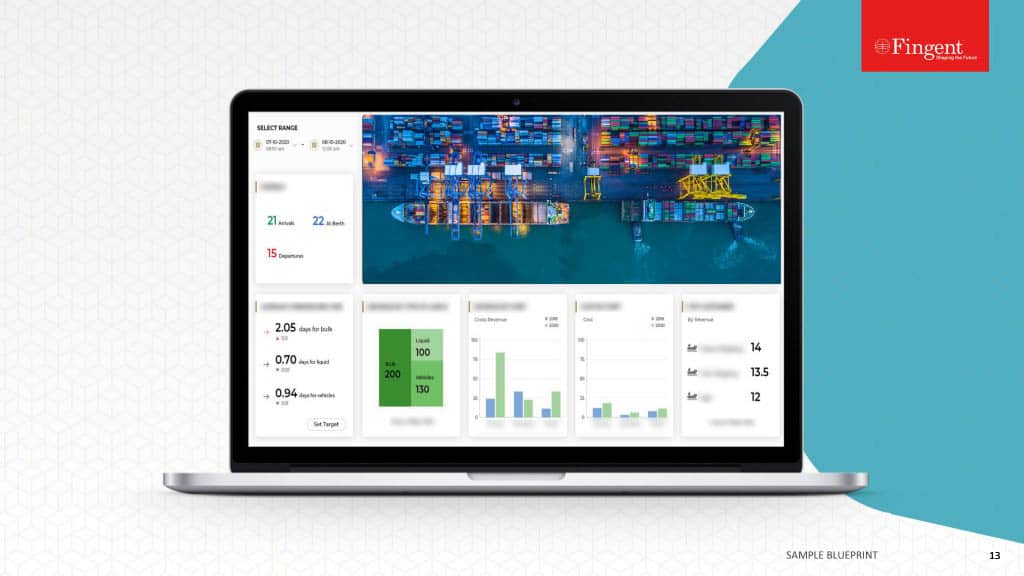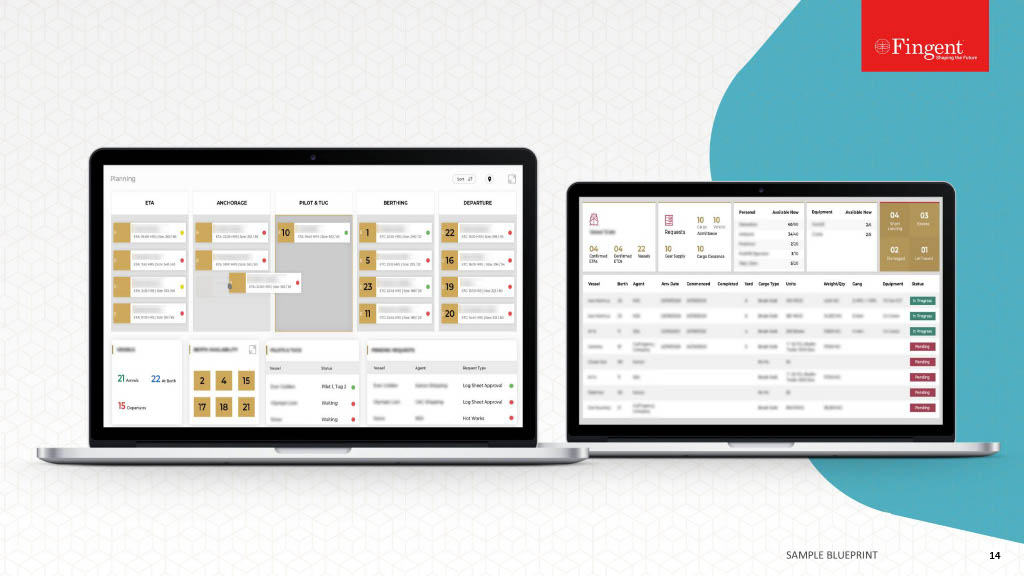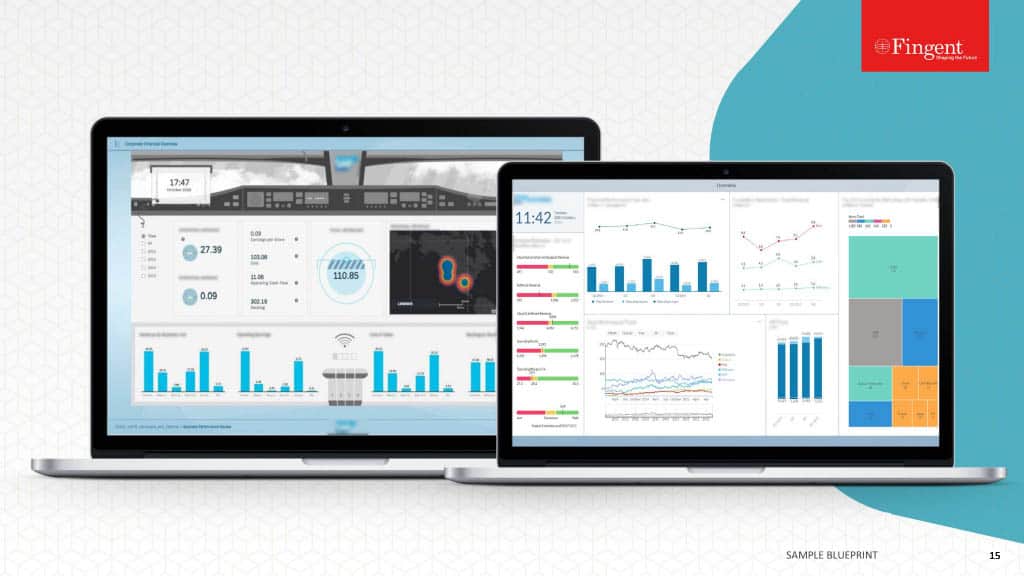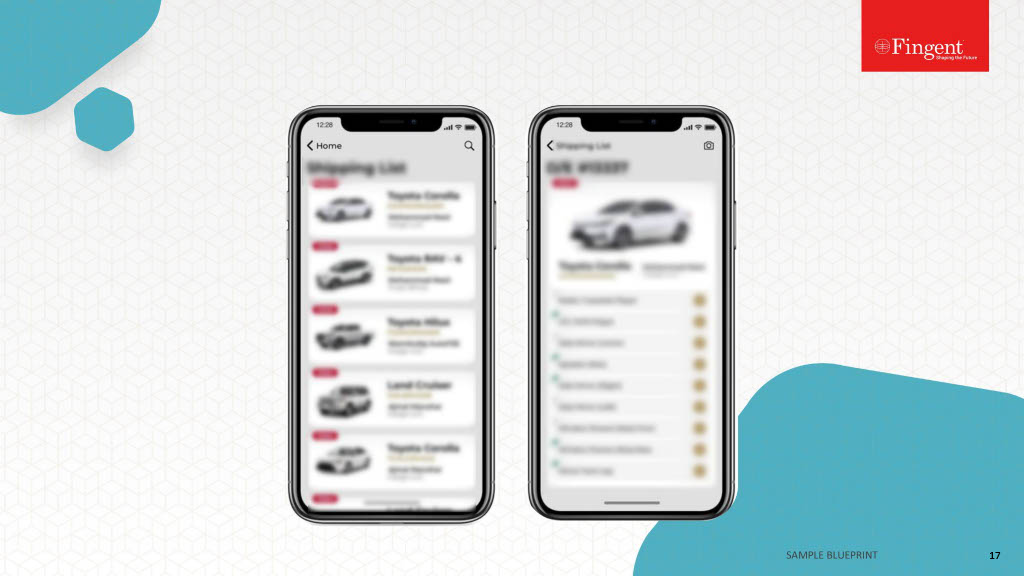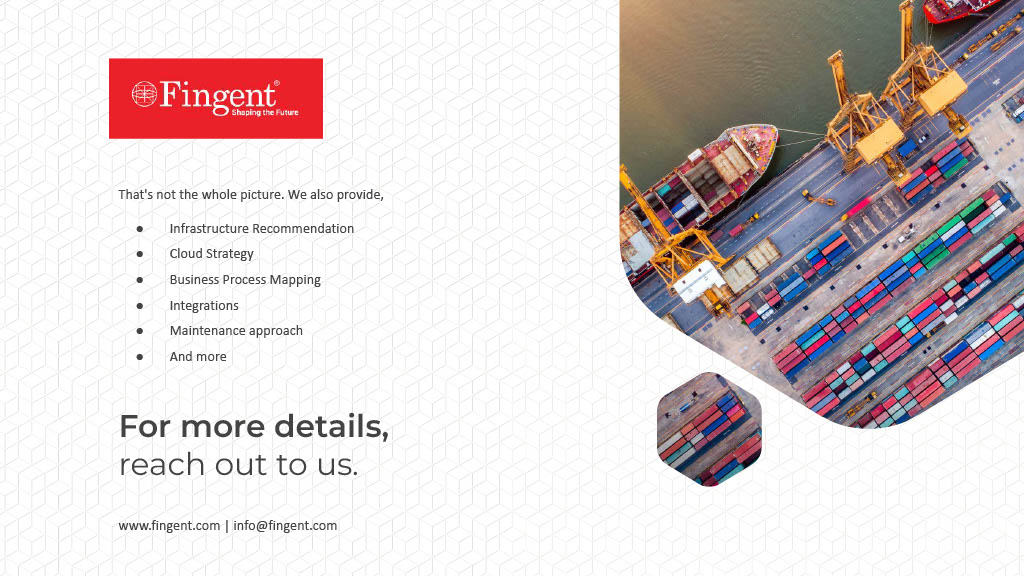Tag: AI
A Comparison of Top 5 NLP Platforms: Select Your Chatbot Development Platform Wisely
The surge of artificial intelligence-based applications and conversational AI have heightened the use of NLP (Natural Language Processing). Each day, businesses collect an enormous amount of structured and unstructured data from their customers and users. Such information is collected through chatbots, intelligent assistants, and so on. Analyzing these data offers businesses insights into crucial operations and enhances their decision-making. However, manually inferring insights from tons of data is a challenging endeavor. This is where NLP platforms plays a vital role. This article will help you evaluate five different NLP platforms you can consider while developing a chatbot for your business support functions.
How Does NLP Platforms Help Businesses
Gartner and IDC report that more than 80% of the enterprise data generated today is unstructured. Natural Language Processing (NLP) technology helps us derive meaning from the vast labyrinth of online data. NLP refers to applying several computational techniques that enable us to do analysis and synthesis of natural language and speech. According to a report by Intrado GlobeNewswire, the NLP market is expected to be work USD 42.04 billion by 2026.
Chatbots are software applications that help us conduct conversations online via text or text-to-speech instead of directly communicating with a human agent.
Chatbots provide a better service experience to customers by responding to customer queries promptly, accurately, and most importantly, like humans. AI-powered chatbots can be trained to learn from data to respond in different and diverse scenarios.
However, picking the right chatbot platform can be a gigantic task. Here’s an analysis of five NLP platforms. Choose your chatbot development platform wisely.
Read more: Capitalizing on AI Chatbots Will Redefine Your Business: Here’s How
1. IBM Watson Assistant
A pioneer in the chatbot market, IBM’s Watson Assistant has evolved into a holistic customer care product. As the pandemic weighed heavily on businesses, customers and employee services were challenged in unimaginable ways. IBM Watson Assistant is designed to solve customer and employee challenges, so its relevance became even more significant during this time. Using IBM Watson Assistant to create your chatbot helps in the following ways:
First contact resolution
Resolving questions quickly and successfully is one of the biggest priorities of Watson Assistant. One of the critical challenges of first contact is user engagement. If that is your concern, here is how Watson contact can help:
- Allows integration with the phone, SMS, and WhatsApp: As it can integrate with phone and SMS, you can deploy speech services with natural sounding voices created with the help of advanced AI.
- Best intent recognition accuracy: Watson Assistant helps you understand your customers’ questions without always requesting them to rephrase the question.
Open ecosystem
Watson Assistant is designed as an open ecosystem. It, therefore, allows you to connect with your existing tools, systems, and applications. Besides, it gives you the ability to orchestrate the end-to-end experience.
Scale your assistant to increase complex use cases
Watson Assistant allows you to scale your virtual assistant beyond simplistic FAQ bots. It can be customized easily to fit the specific needs of your business.
Use cases: Companies such as Botanalytics, Ebix, and SnapEngage use Watson Assistant.
2. Amazon Lex
Amazon Lex allows you to create and embed engaging chatbots into your applications, shielding you from the complexities of NLU (Natural Language Understanding) and speech recognition. Here are some of the top features of Amazon Lex.
Quicker integration
The capabilities of Amazon Lex are simple and easy to use, allowing you to scale up from ground zero to a fully operational chatbot within a matter of minutes. Using a combination of aliases and versioning, you can roll out your conversational interfaces into multiple environments.
Cost-effective solution
Amazon Lex has no upfront costs. You can pay-as-you-go.
Fully managed service
It provides all the necessary features to build, deploy, scale, and monitor your chatbot.
Business use cases
- Commerce chatbot: Allows you to order food
- Support chatbot: Provides automated customer support
- Enterprise chatbot: This allows you to connect to enterprise data resources
- Use cases of Companies: Lumeneo.com, Paralect, and CommonBond use Amazon Lex.
3. Rasa
Rasa platform is an open-source framework. It is leading in ML toolkits that help developers create better chatbots with minimal training data. The two major components of the Rasa stack are Rasa NLU and Rasa Core. Rasa core helps create intelligent, conversational chatbots.
It is best for businesses that are looking to increase subscriber engagement and for those who are interested in marketing automation and personalization.
The benefits of Rasa are:
- You can deploy into your own server by keeping the components in-house
- Highly customizable
- Allows for multiple environments necessary for development, staging, and production
- It helps you send individualized newsletters to each of your subscribers
- It continues to self-learn when it interacts with people
- It allows you to understand your customers better
- It can be integrated with Facebook Messenger, Twilio, Telegram, and more
4. SpaCy
Spacy is an open-source NLP library that is designed for production usage. It helps you build real-world projects and handle large amounts of text data. It is a one-stop operation for most heavy-hitting functions for NLP.
It is best for companies that are bootstrapping a vast production or for vendors in charge of enterprise solutions. It has proven highly useful for companies that require industry-level solutions and need enhanced language support.
Some of the benefits of SpaCy are:
- It easily allows deep data mining
- It does not weigh down the user with obscure formulas
- It can analyze text quicker than its competitors
- Enables businesses to implement strategies to interact with customers and leads
- It is capable of working with over twenty languages
- Allows you to handle NLP solutions across an international suite of languages.
- It is a powerhouse for every deep learning algorithm with the tools you need to teach your programs human language.
5. Microsoft Azure
Microsoft Azure bot service helps you develop, deploy and host a chatbot in an uncomplicated manner. It is a managed bot-building platform with an integrated environment. It is purpose-built for bot development.
Microsoft Azure bot services are best for enterprises and IT companies.
- It helps run FQAs speedily and consistently reducing customer management issues
- Easy to integrate with various Azure services
- You can build, connect, test, deploy and manage intelligent bots from one place
- Easy to integrate with other chatbot software such as Jabber or Skype
Read more: How to Choose the Right Chatbot for Your Business
Why choose Fingent as your chatbot development partner?
Acquire estimates that nearly 1.4 billion people are willing to talk to chatbots. Did you know that chatbots can handle 80% of routine customer questions? These figures prove that the chatbot platform is the present and future of your business.
However, it is important to choose a chatbot development partner carefully. We at Fingent software development experts ensure your chatbot platform is easy-to-use even for non-tech employees. A customized and fine-tuned chatbot frees people up from low value, boring, repetitive, and transactional tasks. It enables your employees to focus on high-value, strategic, engaging, and creative work. The business value also lies in that the chatbot provides consistency and coherence to your communication, reduces/ eliminates confusion for the end-user while giving an instant response. It helps your employees get things done fast as they need not worry about the low value, boring, repetitive, and transactional tasks. Thanks to chatbot development!
We will work with you through all the stages, from requirements identification, technology selection to planning and implementation. We will continue to support you in managing the chatbot after deployment. While you zero down on the chatbot platform, choosing the right partner to help you develop the chatbot according to your specific requirements is essential. Give us a call, and let us get talking.
Stay up to date on what's new

Featured Blogs
Stay up to date on
what's new



Talk To Our Experts
How is AI Facilitating Healthcare Innovation Over Years
Today Artificial Intelligence (AI) is being used to enhance and improve all spheres of our lives. Artificial Intelligence in medicine is truly life-altering. The technology is used to solve complex healthcare challenges today. AI in medicine helps interpret the data obtained by diagnosing several chronic diseases such as diabetes, cardiovascular diseases, Alzheimer’s, and cancer. Automated systems, tools, and algorithms allow healthcare professionals to minimize errors and control disease progression.
Artificial Intelligence in medicine has considerably advanced two fields: diagnosis and clinical decision-making. The implementation of AI in medicine enables physicians to minimize intra-observer variability and inter-observer variability. It facilitates the interpretation of diagnostic results with high accuracy and speed.
A real-life example: Chest X-rays are among the most common imaging modalities read and interpreted by radiologists in hospitals today. Despite their widespread use, the modalities are difficult to interpret due to their low resolution. The AI models developed by IBM Research Center in California can read X-rays, and their performance is at par with the resident radiologists.
This blog explains how Artificial Intelligence in medicine has been transforming healthcare in the past and present and how it can benefit us in the future.
Read more: Innovative Ways To Leverage Patient-Generated Health Data
How AI has transformed healthcare in the past
In the past, Artificial Intelligence focused primarily on the development of computerized machines that were capable of making inferences or decisions that only humans can make. In 1966, Shakey- “the first electronic person” was developed. It was a mobile robot capable of interpreting instructions. Unfortunately, reduced funding and lack of interest pushed Artificial Intelligence in healthcare industry into a phase popularly referred to as “AI winter.” Thankfully, that was not the end.
How is AI transforming the present
Artificial Intelligence in medicine has crossed numerous milestones after the bleak “AI winter.” The present generation has witnessed a paradigm shift across patient treatment, clinical diagnosis, and decision-making. Armed with large amounts of data, doctors are now more capable of providing effective treatment to their patients. AI has revamped analytic methods and changed clinical decision-making techniques.
Read more: 7 Major Impacts of Technology in Healthcare
Increased data volumes enable decision-makers to gain unparalleled insights in all stages of treatment, such as diagnosis, treatment variability, care process, and patient outcomes. According to an analysis by Accenture, Artificial Intelligence in medicine can save 150 billion dollars for the US economy by 2026!
Here’s how AI is transforming medicine and improving patient outcomes.
1. Electronic health records
A CDC survey revealed that nearly 75% of healthcare providers trusted their EHR to improve patient care. AI can make the existing EHR system more intelligent and flexible. AI can improve data discovery and personalize treatment recommendations.
When used with virtual medical assistants, a practitioner can retrieve information from EHRs without becoming a victim of clinical burnout. Thus, AI in EHR can improve both clinical outcomes and clinicians’ quality of life.
2. Medical imaging diagnostics
Medical imaging developers have discovered numerous ways to use Artificial Intelligence in medicine to detect and diagnose a wide range of diseases. These developments range from automating workflows to improving processing speed.
While AI imaging may seem expensive, it saves a vast amount of capital spent on invasive disease treatment and prolonged hospital stays by detecting the disease at an early stage. Ai also improves the accuracy of screenings for conditions by helping doctors in early diagnosis. The advent of molecular imaging allows doctors to diagnose an ailment at the cellular level leading to accurate treatment, better patient outcomes, and decreased mortality and morbidity.
3. Virtual health assistance
Virtual health assistance enhances outcomes by cutting short hospital stays, reducing readmission rates, and improving the patient experience, especially among chronically ill patients. Combining AI with healthcare wearables helps streamline telemedicine and improve patient outcomes.
A Virtual Health Assistant is developed to manage chronic diseases. It collects information about a patient every time he/she visits a doctor. It can be programmed to perform health screenings and send the results to the doctor. Each healthcare facility may choose to have a tailored virtual health strategy. This will help integrate appropriate healthcare platforms and technologies into the delivery model.
4. Proactive medical care
Conventional medical treatment involved treating the patient after detecting the disease. This was called ‘reactive medical care.’ Thankfully, AI brought in a significant shift turning reactive medical care into ‘proactive medical care.’ AI-enabled proactive medical care includes studying patients’ medical history to locate high-risk markets for various diseases. Then they are monitored for any changes. Once an alarming change is detected, the application suggests medical intervention.
These apps encourage the patient to be an active participant in their personal healthcare. These can be extremely helpful or even life-saving in conditions such as palliative care, congenital heart disease, and diabetes management. Such proactive medical care enables the patient to take care of oneself’s daily routine, including emergencies.
Read more: The Application and Impact of Information Technology in Healthcare
Future of AI in medical industry
The journey of Artificial Intelligence in the medical industry has just begun. It has significantly changed patient experience, clinicians’ practice, and pharmaceuticals. AI has found its way from our smartwatches to the supply chain. The future of AI in medicine includes everything from answering the phone to therapeutic drug and device design, making clinical diagnoses and treatment plans, and even conversing with patients. Here are two examples:
1. Drug discovery
AI solutions for the medical industry can identify new potential therapies from vast information available on existing medicines. These will help healthcare providers in redesigning treatments that target new threats such as the Coronavirus. AI can improve the efficiency and success rate of drug development. It can also accelerate the process in response to deadly disease threats.
A report by PwC states that the healthcare and pharma sectors are experiencing 67% improvement in clinical trials and drug discovery with the help of AI.
Listed below are a few examples of how AI handholds frontline workers in the battle against Coronavirus pandemic:
- AI-enabled contactless and wireless thermal scanning devices designed to collect and store precise temperature data of individuals. Care providers can integrate this data into healthcare platforms for further analysis.
- AI-based computer vision programs that can be integrated into drones and CCTV cameras installed in public places to monitor the adherence of the public to COVID safety protocols. It can send real-time alerts to police and public health departments in case of safety violations.
- AI-based robots that help physicians and healthcare workers with patient screening to avoid the risk of virus exposure. It can also enable video conversations with medical experts to procure prescriptions.
- Customized AI applications that help predict COVID-19 symptoms through sample screening. AI also helps in predicting COVID risk scores.
2. Primary care
Multiple organizations are working on ‘direct to patient solutions’ offering advice through voice or chat-based interaction. This can enable patients to receive quick, scalable access for their medical issues minimizing unnecessary trips to the healthcare facility. Healthcare providers should use AI-based direct-to-patient solutions to provide essential guidance for patients in remote geographies of the world.
Artificial Intelligence is revolutionizing the medical industry
Artificial intelligence in medicine is changing the role of doctors and medical professionals. It is also helping patients improve personal health management. AI is here to grow and transform numerous aspects like diagnosis, decision-making, treatment plan, drug development, etc. AI can play a leading role in how the future medical industry operates, ensuring optimal patient outcomes.
Fingent keeps a close eye on the happenings in the medical industry and has developed the necessary capabilities to enable a connected healthcare ecosystem for our clients by developing advanced, end-to-end digital solutions.
Give us a call, and let’s discuss your digital needs.
Stay up to date on what's new

Featured Blogs
Stay up to date on
what's new



Talk To Our Experts
How AI is Transforming Businesses Worldwide
Post the PC and the dot-com revolution, the world is witnessing another significant disruption- Artificial Intelligence.
Businesses that implement AI applications will have better access to data across multiple functionalities such as customer relationship management, enterprise resource management, fraud detection, finance, people operations, IT management, and other crucial segments. AI in business finds solutions to complex problems in a more human-like way and automates processes. Organizations can redirect their resources towards more creative aspects such as brainstorming, innovating, and researching.
The COVID-19 pandemic required solutions in days, not weeks or months, and business leaders needed to act quickly. AI-based techniques and advanced analytics are helping organizations augment decision making during crises like the coronavirus. While machine learning models were a great choice, developing machine learning models or advanced analytical models would take around four-eight weeks. So, the pandemic accelerated the demand for developing minimum viable AI models quickly.
Despite the many naysayers who believe robots will take over human jobs in the future, AI is already revealing itself as more of an enabler than a disruptor. Here are nine examples of artificial intelligence transforming business.
Read more: How Will Artificial Intelligence Transform The World By 2030
1. Sales and Business Development
As lockdowns and stay at home orders continue, people are now moving from personal interactions to digital interactions such as online shopping and mobile banking. This shift has created many new and unstructured data that is hard to interpret. That’s where AI comes into the picture and helps understand what consumers feel and need.
AI-powered sales performance solutions can identify which customers are most likely to buy a company’s product or service. This model will help people in sales prioritize their customers and improve their productivity and effectiveness.
2. Demand and Supply
Most companies are interested in matching demand and supply. For instance, a steel company may have information about various factors that may influence steel demand. Typically, these demand measures depend on external data to match up with what the company’s supply chains can generate.
AI solutions help analyze these external data and ensure that the company is not producing more than you need to satisfy the demand and not leaving any request unfulfilled.
COVID-19 crisis is unprecedented, and companies have to make sure that they use data that is representative. Historical data allows you to gain insights into upcoming demand patterns and predict possible outcomes.
Make Your Business Smarter With AI
3. Back-office Tasks
Companies can leverage AI-powered cognitive assistants to perform their back-office tasks such as ordering new credit cards, canceling orders, or issuing refunds. If these assistants cannot handle complex tasks, human assistants can perform those tasks. It will ensure that the team members spend their time solving challenging problems and focus on productive activities.
As long as there are structured tasks, Robotic Process Automation can take care of back-office service operations. RPA is particularly useful for automating the claims processes of banks or insurance companies. Enterprise platforms like SAP offer Intelligent RPA that combines automation and artificial intelligence to augment business process automation.
4. Cash-flow Forecasting
As revenue systems dry up, cash flow is likely to be a severe concern for smaller businesses. However, several AI solutions can analyze data (only if representative) for cash-flow forecasting.
Read more: 6 Ways Artificial Intelligence Is Driving Decision Making
5. Document and Identity Verification
AI can identify and verify documents easily. For example, think of a bank that needs to verify customer data for onboarding and compliance. Human agents manually verify documents such as driving licenses or payslips and other relevant records. It is a costly and inefficient process.
AI is used to identify the type of ID document captured, perform face-matching, determine if the ID’s security features are present, and even determine if the person is physically present.
6. Travel and Transportation
The transportation industry forms an integral part of a country’s infrastructure. As many employees may have to self-isolate during the COVID-19 crisis, AI solutions can analyze the number of staff needed by a travel company to run its business in these unprecedented times. For example, a company can request AI to provide information on whether they have enough workers to staff a railroad. Here, AI can help identify demand and supply from the laborers’ standpoint.
AI is already being used in the transportation industry to reduce traffic congestion, avoid accidents, improve passenger safety, lower carbon emissions, and reduce overall financial expenses.
7. Healthcare
From robot-assisted surgeries to safeguarding personal records against cybercrime, Artificial Intelligence is transforming the healthcare industry like never before. The healthcare industry has suffered in terms of medical costs and inefficient processes.
AI-enabled workflow assistants are helping doctors free up 17% of their schedule. Virtual assistants are reducing redundant hospital visits, thereby giving nurses almost 20% of their time back. Also, AI helps pharmaceutical companies research life-saving medicines in a shorter time frame and reduce costs. More importantly, AI is being used to help improve healthcare in underdeveloped nations.
Read more: 7 Major Impacts of Technology in Healthcare
Examples of AI in healthcare:
- PathAI creates AI-powered technology for pathologists to help them analyze tissue samples and diagnose them more accurately.
- Atomwise uses AI and deep learning to improve drug discovery and to speed up the work of chemists.
- Pager is using artificial intelligence to help patients with minor pains, aches, and illnesses.
8. Finance
The financial sector relies on real-time reporting, accuracy, and processing of high volumes of quantitative data, where AI can enhance the processes. The finance industry is rapidly implementing chatbots, automation, algorithmic trading, adaptive intelligence, and machine learning into financial operations. For instance, Robo-advisor, an automated portfolio manager, was one of the biggest financial trends of 2018.
A few examples of how artificial intelligence transforms the financial industry:
- Betterment uses AI to learn about an investor and create a personalized investor profile based on their financial plans.
- Numerai is an AI-powered hedge fund that uses crowdsourced machine learning from many data scientists worldwide.
Read more: Artificial Intelligence and Machine Learning: The Cyber Security Heroes Of FinTech
9. Social Media
With over 3.6 billion active profiles and about $45 billion in annual revenue, social media is invariably in the battle to personalize and provide a better experience for users.
AI can organize massive amounts of data, recognize images, predict shifts in culture, and introduce chatbots. The technology has the potential to make or break the future of the social media industry.
Similarly, machine learning enables social media to identify fake news, hate speeches, and other anti-social activities in real-time.
Final thoughts
With the advancement in technologies, AI is improving possibilities taking businesses to the next level. These examples of artificial intelligence prove that artificial intelligence can transform business models if deployed correctly.
Case Study: Development of AI-enabled chatbots and teaching assistants – How Fingent helped a leading university to create an Automated Intelligence-driven ecosystem
Fingent top custom software development company helps you leverage AI to drive the smart reinvention of your business workflows, processes, and technology. If you are looking to develop an intelligent infrastructure for your business or improve the security process or enhance the customer experience, contact us today!
Stay up to date on what's new

Featured Blogs
Stay up to date on
what's new



Talk To Our Experts
Manufacturing technologies set to hold the reins
From big data analytics to advanced robotics to computer vision in warehouses, manufacturing technologies bring unprecedented transformation. Many manufacturers are already leveraging sophisticated technologies for manufacturing such as the internet of things(IoT), 3D printing, Artificial Intelligence, etc., to improve operations’ speed, reduce human intervention, and minimize errors.
As 2024 rapidly approaches, manufacturers will have to move away from Industry 4.0 and embrace Industry 5.0. The latter is all about connecting humans and machines (smart systems). Interestingly, Industry 5.0 may already be here. The ongoing COVID-19 pandemic only accelerates its arrival.
Read more: Digital Transformation in Manufacturing
Here are the top 10 technologies that positively impact the manufacturing industry.
1. Robotics
With advances in robotics technology, robots are more likely to become cheaper, smarter, and more efficient. Robots can be used for numerous manufacturing roles and can help automate repetitive tasks, enhance accuracy, reduce errors, and help manufacturers focus on more productive areas.
Benefits of Using Robotics in Manufacturing:
- They improve efficiency right from handling raw material to finished product packing
- You can program robots to work 24/7, which is excellent for continuous production
- Robots and their equipment are highly flexible and can be customized to perform complex jobs
- They are highly cost-effective even for small manufacturing units
Collaborative assembly, painting, and sealing, inspection, welding, drilling, and fastening are a few examples of the jobs done by robots. Today, robots work in several industries, including rubber and plastic processing, semiconductor manufacturing, and research. While they are mainly used in high-volume production, robots make their presence felt in small to medium-sized organizations.
Read more: What Are Cobots and How Can They Benefit Industries?
2. Nanotechnology
Nanotechnology has grown to a great extent in the last few years. It involves the manipulation of nanoscopic materials and technology. Though its widespread use is relatively new, it will be indispensable to every manufacturing industry soon. Further research and experimental designs suggest that nanotechnology can be highly effective in the manufacturing industry.
Applications of Nanotechnology in Manufacturing:
- Create stable and effective lubricants that are useful in many industrial applications
- Car manufacturing
- Tire manufacturers are using polymer nanocomposites in high-end tires to improve their durability and make them wear resistance
- Nanomachines, though not used widely in manufacturing now, are, for the most part, future-tech
3. 3D Printing
Post its tremendous success in the product design field, 3D printing is set to take the manufacturing world by storm. The 3D printing industry was worth USD 13.7 billion in 2019 and is projected to reach USD 63.46 billion by 2025. Also known as additive manufacturing, 3D Printing is a production technology that is innovative, faster, and agile.
Benefits of Using 3D Printing in Manufacturing:
- Reduces design to production times significantly
- Offers greater flexibility in production
- Reduces manufacturing lead times drastically
- Simplifies production of individual and small-lot products from machine parts to prototypes
- Minimizes waste
- Highly cost-effective
Major car manufacturers use 3D printing to produce gear sticks and safety gloves.
Read more: 3D Printing: Fueling the Next Industrial Revolution
4. The Internet of Things (IoT)
IoT in manufacturing employs a network of sensors to collect essential production data and turn it into valuable insights that throw light into manufacturing operational efficiency using cloud software. This connectivity had brought machines and humans closer together than ever before and led to better communication, faster response times, and greater efficiency.
Benefits of Using IoT in Manufacturing
- Internet of Things (IoT) reduces operational costs and creates new sources of revenue
- Faster and more efficient manufacturing and supply chain operations ensure a shorter time-to-market. For instance, Harley- Davidson leveraged IoT in its manufacturing facility and managed to reduce the time taken to produce a motorbike from 21 hours to six hours.
- IoT facilitates mass customization by providing real-time data essential for forecasting, shop floor scheduling, and routing.
- When paired with wearable devices, IoT allows monitoring workers’ health and risky activities and making workplaces safer.
The ongoing pandemic has expanded the focus on IoT due to its predictive maintenance and remote monitoring capabilities. Social distancing makes it difficult for field service technicians to show up on short notices. IoT-enabled devices allow manufacturers to monitor equipment’s performance from a distance and identify any potential risks even before a malfunction occurs. Additionally, IoT has enabled technicians to understand a problem at hand and come up with solutions even before arriving at the job site so that they can get in and get out faster.
Read more: Upcoming IoT trends that can shape the business landscape
5. Cloud Computing
After making its presence felt in other industries, cloud computing is now causing ripples in manufacturing. From how a plant operates, integrating to supply chains, designing and making products to how your customers use the products, cloud computing is transforming virtually every facet of manufacturing. It is helping manufacturers reduce costs, innovate, and increase competitiveness.
IoT helps improve connectivity within a single plant, while cloud computing improves connectivity across various plants. It allows organizations across the globe to share data within seconds and reduce both costs and production times. The shared data also helps improve the product quality and reliability between plants.
Read more: Why It’s Time to Embrace Cloud and Mobility Trends To Recession-Proof Your Business?
6. Big Data
The manufacturing industry is complicated in terms of the variety and depth of the product. As far as opening new factories in new locations and transferring production to other countries is concerned, companies can leverage big data to tackle it.
As the process of capturing and storing data is changing, new standards in sharing, updating, transferring, searching, querying, visualizing, and information privacy are arising. Think of manufacturing software like MES, ERP, CMMS, manufacturing analytics, etc. When integrated with big data, these can help find patterns and solve any problems.
Benefits of Using Big Data:
- Improve manufacturing
- Ensure better quality assurance
- Customize product design
- Manage supply chain
- Identify any potential risk
Explore our use case: Adding New Dimensions to Equipment Maintenance with IIoT, AR, and Big Data
7. Augmented Reality
In manufacturing, we can use AR to identify unsafe working conditions, measure various changes, and even envision a finished product. Augmented Reality can help a worker view a piece of equipment and see its running temperature, revealing that it is hot and unsafe to touch with bare hands. An employee can know what’s happening around them, like what machinery is breaking down, a co-worker’s location, or even a factory’s restricted sites. Simply put, AR applications can help inexperienced employees to be informed, trained, and protected at all times without wasting significant resources.
AR has made it possible for technicians to provide remote assistance by sending customers AR and VR enabled devices and helping them with basic troubleshooting and repairs during the COVID-19 crisis. Also, more and more customers are open to allowing manufacturers to implement AR with the long-term goal of creating permanent solutions. After all, it helps both the customers and field technicians by reducing the risk of exposure.
Read more: How Augmented Reality Can Simplify Equipment Maintenance
8. 5G
5G will have a tremendous impact on the manufacturing industry. It will be more transformational for devices that drive automated industrial processes.
The amazing low-latency and connectivity of 5G will power sensors on industrial machines. It will help generate a lot of data that will open new avenues of cost savings and efficiency when combined with machine learning. Currently, China and South Korea are leveraging 5G this way. Soon the US and the UK are expected to compete with them.
Read more: From Remote Work to Virtual Work, 5G is Reinventing the Way We Work
9. Artificial Intelligence(AI)
Manufacturers are already employing automation on the plant floor and in the front office. In the future, AI-powered demand planning and forecasting will continue to develop that will help manufacturers align their supply chain with demand projections to get data that were not possible previously.
A study from IFS shows that 40% of manufacturers plan to implement AI for inventory planning and logistics and 36% for production scheduling and customer relationship management. 60% of the respondents are said to focus on productivity improvements with these investments.
Read more: The Future of Artificial Intelligence – A Game Changer for Industries
10. Cybersecurity
Moving manufacturing operations to the cloud and building and integrating systems using IoT will equally create opportunities and challenges. In an increasingly insecure digital era, there is a pressing need for heightened security.
Manufacturing experts are investing in secure cloud-based ERP like SAP and Odoo to resolve the security challenges. Enterprises-big or small- will soon increase their dependence on cloud-based ERP systems to address security glitches and save costs by paying for usage.
Read more: Top 6 Reasons Why You Should Move to a Cloud-Hosted ERP
White Paper: What difference does RPA bring to your business? How can you embrace this disruptive technology to remain competitive? Download to learn more!
Conclusion
Technologies for manufacturing will decrease labor costs, improve efficiency, and reduce waste, making future factories cheaper and more environment-friendly. Additionally, improved quality control will ensure superior products that will benefit both the consumers and the manufacturers.
COVID-19 has changed the way the manufacturing industry operates. If your business wants to remain competitive, you will have to embrace manufacturing technologies to shape your company’s future. To know more about the forward-thinking strategies that integrate the latest trends and technologies, please connect with us today.
Stay up to date on what's new

Featured Blogs
Stay up to date on
what's new



Talk To Our Experts
Supercharge Your Business with These 11 Hot Tech Trends
Technology is having an ever-greater impact on our personal lives and most importantly on the way we do business. The business world has transformed rapidly in the past few years and it will evidently continue to change the pace of business in the years to come. Whether it is the production of goods or the computing devices used at the office, new technologies have helped businesses run smoother and more effectively. As information travels more quickly and reliably, businesses are realizing how easy it is to grow globally and across multiple sectors. To gain benefits, however, businesses must keep up with technology and adopt new trends. This article discusses 11 tech trends to look forward to in the next couple of years. First, let us understand what drives these tech trends, and then we will consider their impact on businesses.
What Will Drive the Evolution of Tech Trends?
Two major reasons for the evolution of all kinds of tech trends are our day-to-day business challenges and the passion for innovation. As an intelligent being, it is normal for human beings to innovate to live better. However, from a business standpoint, it is about optimizing all that humans are capable of accomplishing and that includes making profits.
1. Greater predictive levels and programmability will reshape cybersecurity
Cybersecurity will be one of the prominent IT functions to mature. New technologies will bring about a fundamental shift in cybersecurity as they enable greater predictive capabilities and programmability. It will become more predictive with the use of large-scale data along with AI, analytics, and machine learning. As a general rule, the more we have, the more difficult it becomes to protect it from thieves. That is not the case with immense data accumulation. Even as data increases it will become easier to determine and match patterns to both predict and shut down any attack vectors.
As every element of infrastructure becomes programmable, you can put a firewall inside the software of all virtual machines in your architecture, thus limiting the flow of data within the software. This will eliminate the need of storing data on a network from where the data can easily be hacked or stolen. Businesses will continue to see this capability emerge as programmability improves.
Read more: Safeguarding IT Infrastructure From Cyber Attacks – Best Practices
2. Promise of serverless computing
According to IDC’s prediction, “from 2018 to 2023 — with new tools/platforms, more developers, agile methods, and lots of code reuse — 500 million new logical apps will be created, equal to the number built over the past 40 years.” Currently, we are witnessing a distinct change in the application infrastructure with most businesses moving to cloud-native applications.
There are four distinct computing models that are evolving simultaneously such as virtual servers, physical servers, container-based computing, and serverless computing. Virtual servers and container-based computing make it easy to move applications. Whereas the promise of serverless computing offers greater agility and cost savings as the applications do not need to be deployed on a server. Alternatively, functions can be run from a cloud provider platform. It can return outputs and instantly release the associated resources. As businesses see a change in the infrastructure, they will have to make choices about how they approach development.
Read more: 5 Trends That Will Transform Cloud Computing in 2020
Accelerated in part by the long-term shutdown due to COVID-19, industries that design and manufacture products will quickly adopt cloud-based technology trends to aggregate and intelligently transform. In a couple of years, these intelligent algorithms will allow manufacturing assembly lines to optimize towards increased levels of output and enhanced product quality thereby reducing the overall waste in manufacturing by half.
3. IoT and Edge
IoT and Edge can rightly be termed as superpowers of the tech world. The developing, managing, and running of widespread IoT and Edge applications will grow in complexity with numerous endpoints. For example, audiovisual technologies are being used to achieve the same input as you would get when you connect numerous IoT sensors. When compared to individual sensors, these tech trends provide reasonable mass coverage at a minimum cost. This is only possible when AI and ML are integrated into the IoT platform. Powering and maintaining thousands of sensors is a daunting prospect. Audiovisual solutions can thus make this a significant growth area. As a result, these changes will have a profound impact on how the businesses get value out of new data that they are able to collect and process.
Read more: Gearing up for IoT in 2020
4. Everything will revolve around data
Enormous amounts of data collected from IoT devices and digital platforms can now be made available through application programming interfaces for business insights, analysis and to develop other applications. Collecting information from a sufficient amount of data-points enables you to model behavior and understand patterns and come to more accurate conclusions quickly with minimum cost. With abundant data from multiple touchpoints and new analytic tools, businesses are able to customize products and services by creating ever-finer consumer microsegments. Businesses that do not build around data will find themselves swamped by its enormity.
5. Voice control is the next evolution of human-machine interaction
The advent of voice technology such as Apple’s Siri, Google’s Assistant, and Amazon’s Alexa is disrupting businesses as it creates a three-way interaction between devices, services, and people. It has completely changed the way consumers interact with smart devices.
According to recent research, by 2024, the global voice-based smart speaker market could be worth $30 billion. This technology trend has a huge impact on how online searches will happen. Businesses will have to adapt their way of promoting their products and services. It will also affect the way companies are organized as internal knowledge can be shared more easily which improves the possibility of multitasking. This will result in increased productivity.
In the next couple of years, we will see a transformation of voice technology from being an information tool to a transaction tool. It offers the possibility to directly order from brands and perhaps even pay.
Read more: 6 Key Predictions for AI-Driven Voice Computing in 2020
6. Blockchain platform market
Blockchain started as an offshoot of the cryptocurrency movement. Now, it is evolving to find use cases beyond just the international settlement areas. According to Gartner, Blockchain will grow to slightly more than $176 billion by 2025 and continue to exceed $3.1 trillion by 2030. The marriage of Blockchain and Artificial Intelligence can significantly change the nature of transactional businesses. This is possible as Blockchain is a decentralized unchangeable space for encrypted data and AI will assist you in analyzing and interpreting that data quickly and reliably to drive actionable insights. There is great potential for this technology to have an immense impact on cybersecurity.
Read more: How Blockchain Enables the Insurance Industry to Tackle Data Challenges
7. Seamless blend of the digital twin
Applied technology will intersect between the physical and digital worlds, the digital twin. For example, the digital twin will have a perfect digital copy of the physical world. Applied technology will allow you to blend these two worlds seamlessly. The resulting immersive environments will have a pervasive impact on the industry. This twin will allow you to collaborate virtually, simulate conditions quickly, understand what-if scenarios clearly, predict results more accurately, and more. Most businesses are already aware of the benefits of applying the digital world to enhance the physical world. They are digitizing physical processes to reduce inconsistencies, redundancies, and human error.
Explore: Learn more about Digital Twin Technology
This pandemic has shown us that communication is not just for work but is required to form real emotional connections. In the next couple of years, AI technology will be used to connect people at a human level and drive them closer to each other. There has been a lot of concern over the security of video conferencing companies. However, these concerns will move companies to ensure that they provide secure digital connectivity for their consumers.
Being a secure video conferencing software, InfinCE has been a game-changer for enterprises of all sizes. Click here to explore
8. 5G will be the game-changer
5G has innumerable use cases beginning from healthcare to more reliable security. With 5G, the audio-video experience will be faster and clearer than it has ever been. On the flip side, 5G will enable businesses to provide remote opportunities for their employees with work experience that would be similar to that inside the office. It will bolster recruitment and retention efforts for top talent.
As more businesses move their critical tasks to the cloud, employees will become increasingly productive from wherever they work and with whatever device they use. Though currently, 5G coverage is limited, according to Ericson’s Mobility report, 5G subscriptions could cover up to 65% of the world’s population by 2025. Businesses that anticipate and embrace these emerging technology trends will see a positive impact in the years to come. Low latency 5G networks can help resolve the challenges caused by the absence of reliable networks and can facilitate more high-capacity services. Private 5G networks can offset the high cost of mobility with economy-boosting activities.
Read more: From Remote Work to Virtual Work, 5G is Reinventing the Way We Work
9. Data lakes enable new analytic models
Data lakes are storage repositories that contain quantitative and qualitative data. Data lakes enable new models of predictive analytics and help unlock the potential of digital twins. Since they can hold enormous amounts of data, organizations can leverage the insights, including discrete data points to create a ‘digital twin’ of each customer. You can gain access to customer details such as demographic data, browsing behavior, purchasing patterns, and payment preferences. The ability to gauge qualitative data will increase the demand for robust ERP systems and AI-driven automation. This would mean that businesses should acquire the skills to set up, manage, and secure their data lakes and build data models that will help extract the insights they require for ongoing innovation.
Read more: 7 Key Differences Between Data Lake and Data Warehouse
10. Sophisticated sentiment analysis for real-time insights
Sentiment analysis uses techniques to interpret and classify the ‘mood’ of your customers. Sophisticated sentiment analytical tools allow businesses to recognize the customers’ sentiment towards a product, a service, or a brand. It can also be used by the businesses to respond to the feedback with a proactive approach. It allows businesses to understand how people are feeling in real-time and proactively position products, services, and visual merchandise. In the future, this technology will be used in addition to tools such as conversation intelligence, text analysis, and natural language processing. It can enable innovation on demand. Businesses will find it advantageous to incorporate sentimental analysis into their data analysis in the areas of customer feedback, marketing, CRM, and e-commerce.
Read more: CTOs Guide – How Robotics and AI Can Improve Customer Experience
11. Micro-fulfillment for e-commerce fulfillment
Robotics has turned around numerous industries except for a few sectors such as grocery retail. With the new robotic application termed micro-fulfillment, grocery retailing will no longer remain the same. Micro fulfillment allows you to convert personal garages into storage spaces and can operate 5-10% more economically than a brick and mortar store. This rising trend is captured in tiny, urban warehouses that leverage high-end automated systems to complete online orders with greater efficiency. These centers are used to deliver goods rapidly, in as fast as an hour. Robotic arms can be used to pick up items. The application of robotics downstream at a ‘hyper-local’ level will disrupt the grocery retail industry. This technology trend will unlock wider access to food and a better customer proposition such as product availability, speed, and cost.
Read more: 5 Transformative Trends Ushered by B2B E-commerce in Healthcare and Life Sciences
How Technology will Continue to Disrupt Businesses?
The transformative potential of innovative technology trends is exciting businesses today. It will change the way businesses plan, start, manage, operate, market, and make a profit. The next couple of years will see profound improvements in addressing most business challenges as organizations develop and deploy solutions that will deliver tangible results. Driverless cars, 3d printing, artificial and business intelligence tools, robotics, and IoT are just a few examples of how technology has transformed or disrupted the business world and has the potential to continue to disrupt.
The COVID-19 pandemic has necessitated worldwide collaboration, transparency of data, and speed at the highest levels to navigate the human and business impacts. Now is the time to recognize and support the opportunities for technology trends that can best and most rapidly address business challenges. Partner with us to capitalize on these trends and scale your business quickly.
Stay up to date on what's new

Featured Blogs
Stay up to date on
what's new



Talk To Our Experts
How is AI Transforming Various Industry Sectors?
From Siri to self-driving cars, Artificial Intelligence has been breaking into new realms, including industries that are late to adopt technology or that heavily rely on manual labor. Gartner predicts that by 2020, AI will produce more jobs than it displaces. By 2022, one in five workers engaged in mostly non-routine tasks will rely on AI to do a job.
The future of AI only looks bright!
According to experts, AI and the future of work will amplify human efficiency and productivity. AI may match or even surpass human intelligence and capabilities on tasks related to pattern recognition, complex decision making, sophisticated analytics, language translation, reasoning and learning, and speech recognition.
This article discusses how five major industries are benefiting from AI and its innovations.
1. Healthcare
No surprises here. AI in healthcare always comes first on the list. From doctors, surgeons, nurses to desk receptionists at clinics, Artificial Intelligence is enabling process automation across the healthcare community and ecosystem.
AI tools enable medical professionals to diagnose symptoms, identify trends, analyze data or information that would predispose a person to a particular disease.
AI-powered bots assist surgeons with heart, thoracic, and colorectal surgeries. Using bots for surgeries helps lower the risk of infection and blood loss, reduce pain, ensure higher accuracy, shorten hospital stays, and expedite recovery. Digitized health records (EHRs) help patients access their information on a shared online health portal.
Along with other technologies, Artificial Intelligence is being widely used in the ongoing fight against the COVID-19 pandemic. Remote patient monitoring using AI-powered medical equipment or devices help doctors maintain a safe distance from the patients, while offering treatment. The massive amounts of data generated every second in the field of medicine can be utilized effectively to continuously train AI systems through which these systems acquire the capabilities to generate insights that can aid medical researchers.
Read more: How Emerging Technology is Transforming the Healthcare Industry?
The future of AI in healthcare could include everything from answering the phone to interpreting radiology images, and designing therapeutic drugs.
2. Manufacturing
AI plays a key role in helping achieve better productivity, efficiency, and visibility across manufacturing operations. AI systems can transform the way organizations run their production lines, enhance human capabilities, garner real-time insights, and facilitate the design and product innovation.
Read more: Digital Transformation in Manufacturing
Following are some of the ways by which AI impacts the manufacturing sector:
- AI systems help monitor every stage of the production cycle and machine learning algorithms can be used to predict the fill rate, thereby optimizing the manufacturing processes and production planning.
- Small, lightweight “cobots” help create safer working environments. Manufacturers can adopt robotics to perform dangerous jobs, thus sparing their employees for crucial tasks, thereby avoiding occupational health hazards. Cobots are considerably less expensive and easy to program than the usual industrial robots. Soon, machine learning algorithms can improve their capabilities and help the cobots take instructions from humans and interact with them in a better way.
Read more: What Are Cobots and How Can They Benefit Industries?
- Predictive maintenance helps companies understand when machines need to be attended and serviced. Using machine learning, predictive maintenance can generate valuable data that helps prevent unplanned downtime. Sensors and advanced analytics in manufacturing equipment allow manufacturers to respond to alerts and resolve machine issues on time.
- Engineers or designers can input design goals and other parameters into generative design software (a program that generates several outputs to meet specific criteria) to explore better designs. Using machine learning, designers can learn from each iteration and understand what works and what does not.
3. Finance
According to a report by Business Insider Intelligence, about 75% of bank respondents with assets worth over $100 billion said that they are using AI technologies compared to the 46% of banks with assets less than $100 billion.
As much as $199 bn is saved for the front office and $217 bn for the middle office. AI technologies in banking can help generate over $250 billion in value. Considering the significant savings opportunities, more and more companies are implementing AI. Simply put, AI helps financial services companies mitigate risk, reduce overheads, and generate more revenue.
4. Education
Thanks to the numerous AI applications, the academic world is becoming more personalized. Today, a student can access study materials easily through computers and smart devices. AI helps automate administrative chores and minimizes the time required to complete complex tasks thereby allowing teachers to spend more time with each student.
Teachers can assess both multiple choice tests as well as written responses easily. Robots are helping create smart content such as video lectures and simulations as well as digitized textbooks that can be customized to the learning requirements. Along with the learning aids, these digitized interfaces help students of all academic ages and grades.
There is also a rising interest towards smart campus initiatives. A smart campus is a physical or digital set-up in which humans and technology- based systems come together to create and deliver automated experiences across higher education institutions.
AI is eliminating the boundaries of learning regardless of the physical locations. Today, students can learn any course from anywhere across the globe, at any time. AI-powered education helps nurture the fundamental IT skills of students and soon, there will be a wide range of highly interactive and personalized courses available online.
5. Retail
The retail and e-commerce industry has huge volumes of customer information, sales forecasting, stock and inventory to be tracked. Artificial Intelligence helps simplify data management to a large extent. For example, while searching for a product on an e-commerce application, AI recommends similar items according to your budget, color preference, purchase history, browsing data, online behavior, etc.
Cart abandonment is a common issue in the e-commerce industry which occurs when a customer adds items to their shopping cart but does not purchase them. With the help of chatbots and predictive analysts, the likelihood of cart abandonment can be reduced. Chatbots can remind your customer of the items left in their cart before they choose to navigate away.
Previously, people had to rely on the FAQ section of the website to get their questions answered. However, this included unchangeable questions and static answers and most customers were not satisfied with the answers. Today, however, it is changing. A chatbot agent can respond to questions using Natural Language Processing or NLP in a much better way and ensure that potential customers don’t abandon your website. Integrating voice search features into e-commerce applications helps offer a seamless digital customer experience.
Read more: How Will Artificial Intelligence Transform The World By 2030
Final Thoughts
Artificial Intelligence and machine learning together are promising to help transform every industry by guiding, organizing, and automating work. AI is definitely here to stay! At Fingent top custom software development company, we have the expertise to help businesses of all sizes including startups as well as established enterprises to gain an edge over competitors.
From suggesting products or providing basic customer service or running software tests, developing apps, and completing extensive problem-solving procedures for industries, we use AI technologies such as machine learning, natural language processing, and business rules that will provide you with optimal results. Get in touch with us to learn more.
Stay up to date on what's new

Featured Blogs
Stay up to date on
what's new



Talk To Our Experts
The Growing Application of AI in Insurance Leads to a Radical Transformation
- Introduction
- Why does the insurance industry require AI now?
- What are the benefits of AI in the insurance industry?
- Top 3 primary use cases for AI in the insurance industry
- Must-have AI technologies for the insurance industry
- Are you ready to ride on the wave of AI?
Introduction
Digital transformation is not a business decision, it is a survival strategy. The Insurance industry is slowly recognizing that this vital truth is applicable to them as well. As insurers face several strategic and operational challenges due to the COVID-19 pandemic, they are recognizing that technology is the only answer and solution. Armed with this knowledge, the insurance industry is undergoing a swift and tremendous transformation, driven by the burning need to improve customer experience.
Artificial Intelligence lies at the heart of these changes and is fundamental to success. AI tries to solve the age-old problems by integrating them with existing infrastructure or by replacing legacy systems. This article answers some of the pertinent questions that will assist industry leaders in making an informed decision.
Why does the insurance industry require AI now?
Unlike many other challenges that are usually contained to one geographic location, COVID-19 is impacting essentially every corner of the world. It gave the entire planet a crash course in connected living and has made massive changes. Small insurance companies are now struggling to survive the onslaught of new requests and most larger firms may need to downsize to make it through these stressful economic times. In this climate of uncertainty, AI will be one of the key factors that will help winners survive. Until recent times, the insurance industry has only used AI in minimal ways. But there are several processes that could be improved drastically using AI.
1. Marketing and sales:
AI technologies can be used to price insurance policies more relevantly and competitively. It can be used to recommend the most beneficial products to their customers. Insurers can customize the price of their products based on individual needs and lifestyles so that their customers are happy to pay only for the coverage they need. This heightens the appeal of insurance to a wider audience while attracting some newer customers.
2. Risk management:
Neural networks of AI can be used to red flag fraud patterns and minimize fraudulent claims. AI can also be used to improve actuarial models and risks that could lead to working out more profitable products.
3. Operations:
Chatbots can be developed to understand and answer the bulk of customer queries over chat, phone calls, and email. This is especially helpful during situations like the pandemic where customers and insurers are unable to meet with each other. This can free up significant resources and time for the insurers that can be used in more profitable activities.
Read our white paper: How can your business use AI to achieve higher profits now?
What are the benefits of AI in the insurance industry?
1. Efficient process:
Currently, we are witnessing the first wave of tangible opportunities. The automation provided by AI is offering insurers reduced costing along with more efficient processes. The work dividends form the first wave of benefits. Monotonous, low-level, hazardous, and long-drawn-out tasks are taken over by machines freeing humans to do the high-level and more productive tasks. It also ensures efficiency without the margin of human error.
2. Accurately measured and priced data:
The role of underwriters is changing as AI is set to re-engineer and amplify insurance underwriting. Powered by the disruptive growth of data, AI has the potential to help underwriters analyze vast amounts of information, locate red flags, and help them make more accurate decisions. While we are not expecting to eliminate human underwriters, working alongside AI systems will ensure that all risks are accurately measured and priced.
Read more: 6 Ways Artificial Intelligence Is Driving Decision Making
3. Claims processing made easy:
Claims processing has long been a pain-point for the insurance industry. Managing claims requires a significant manual effort right from document processing to flagging potential fraud. Restricted movement during the COID-19 pandemic makes this task especially difficult. AI can be used to automate document processing. It can scan complex forms quickly and accurately. The insurance company can cut its claims processing time from weeks to just a matter of minutes. AI can help ensure that rejection of any claim is based on solid reasons. This way, insurance companies can drive cost efficiencies by reducing the number of denials that prevent claimants from going for appeals which insurance companies may ultimately have to settle.
Top 3 primary use cases for AI in the insurance industry
The advent of AI represents a quantum leap in how insurance is bought and sold, and how customers are served. Also, it is creating opportunities for insurance companies to affix their leadership positions within the industry.
Here are five primary use cases. If beginners can use this approach to disrupt the old guard, established firms can stave off new competitors and differentiate themselves from conventional foes.
Use Case 1: Always-on customer service
Insurance companies are expected to meet the customer’s expectations themselves. Gone are the days when we companies used to delegate customer service to brokers or agents. Customers expect to reach their insurance providers through any channel-like website, email, mobile app, voice call, chat, social media, etc. It’s become mandatory for insurance providers to possess multi-channel capabilities to handle queries and attend service requests. This is where AI comes to the rescue enabling insurance firms to be on the job 24/7. Always-on, multi-channel service available through chatbots, and customized interactive tools will be your secret sauce to exemplary customer service.
Read more: How AI is Redefining the Future of Customer Service
Use Case 2: Automate processes that are difficult to automate
Insurance companies employ a large workforce to manually perform operational processes. Variations in products, state-specific rules, and lack of adoptions of standards across the value chain previously made it harder to automate the process. With AI, it is now possible to predict and continuously improve the process by leveraging ML thus automating the processes effectively. By combining RPA tools with cognitive technologies, insurance companies can automate processes such as customer service requests, endorsements, and claims-processing, and provide a faster turn-around time.
Use Case 3: Continually improve the value from data
Predictive models help insurance companies determine business-critical aspects such as the maximum possible loss, probability, and pricing. However, as the companies innovate products, reach out to newer customer segments, and address new risks, these predictive models quickly get outdated making it difficult to keep up with changes. AI makes it possible to provide a feedback loop for machines to learn and adapt to ever-changing insurance business needs.
Read more: How Blockchain Enables the Insurance Industry to Tackle Data Challenges
Must-have AI technologies for the insurance industry
AI has become the cornerstone of digital transformation for the insurance industry. Leveraging AI technologies can help insurance companies address various issues that they may encounter. These are some must-have AI technologies in the insurance industry:
1. Image analytics
Insurance companies must carry out inspections to validate their decisions based on actual facts. This helps them spot any existing or potential risks and support their customers in risk management. This can be very time-consuming. The use of AI focuses on the reduction of inspection time and increases the surveyor’s productivity. It can be applied in property and casualty insurance to analyze the images of cars at the accident scene, determine the parameters, and assess replacement costs.
Advanced image analytics enables quick analysis of photos to determine parameters crucial from the perspective of life insurance. These parameters enable insurers to decide whether medical underwriting is required or not and provide an instant quote and formulate policies.
2. Internet of Things
IoT allows insurance companies to cross-sell to existing customers. They could offer discounted insurance to existing customers. There are several IoT backed devices that can detect and alert a customer when there is an issue within their home or commercial property. Integrating IoT with AI, insurance companies can offer a far superior service and enhance the customer experience.
3. Machine Learning in underwriting
The automated process eliminates the tedious and error-prone job of dealing with unstructured documents and extracts information from them to make business decisions. AI, ML, and Deep Learning can help in extracting such information, aligning it to common vocabulary, and making that information accessible through virtual assistants or search engines. This way underwriting now becomes an automated process that lasts just a few seconds.
4. End to end automation
AI helps insurers automate complex processes, end to end. Using RPA, you can tackle simpler and repeatable tasks. For example, the claims assessment process can be automated to enable the assessor to receive evidence through more advanced AI-based techniques.
Insurance companies receive data from brokers in a variety of formats and require many people to convert the data to a standard format. AI can map this data accurately allowing insurers to reduce inefficiencies in their processes. It can also improve data quality by detecting gaps and addressing those gaps in the incoming data.
Read more: Scalable Benefits of RPA in Banking, Insurance, and Logistics
5. Machine Learning for price sophistication
Price optimization techniques with the help of ML and GLMs help insurance companies to understand their customers, allows them to balance capacity with demand, and drive better conversion rates.
6. Connected claims processing
Advanced algorithms can help insurance claims to be automated which allows insurers to attain high levels of accuracy and efficiency. Data-capture technologies can replace manual methods. Evaluation of the validity of a claim is also made much simpler.
Read more: 5 Steps to Gain Business Value with AI Adoption
Are you ready to ride on the wave of AI?
Rapid advances in AI will lead to disruptive changes in the insurance industry. The winners in AI-based insurance will be those who harness the power of new technologies. Most importantly those companies who do not view disruptive technologies as a threat to their current business will thrive in the insurance industry. Get started on making sure you are one of them! Contact us to adopt the power of AI into your insurance business.
Stay up to date on what's new

Featured Blogs
Stay up to date on
what's new



Talk To Our Experts
Robotics in Logistics: Dawn of a New Era
Since the advent of e-commerce, getting goods to the customer’s door or stores from the factories or warehouses has become a mammoth task for logistics companies. Forecasts say that “worldwide warehousing and logistics robot unit shipments will increase to an estimated 620,000 units annually by 2021.” The solution for this herculean task of transporting goods far and wide thus becomes apparent: the dawn of robotics in logistics. The use of robotics in logistics offers far greater levels of uptime over manual labor, bolstering productivity in a vast array of professional environments.
Retail giants like Amazon and Walmart that have already deployed robots in their warehouses and fulfillment centers will only expand their deployments, especially in the wake of current situations. Leveraging robotics in logistics cuts around 70% of warehouse labor costs and helps businesses function day and night with minimal costs. Want to find out how? This post will help you understand the importance of utilizing warehouse robotics in the supply chain.
A Surge in Warehouse Robotics in Supply Chain
The first robot in the supply chain was capable of moving material about a dozen feet. For several years, robots were used only in industrial manufacturing because it was not safe for people to be around them. However, over the last few decades, innovative logistic robotic companies have worked hard to mesh AI and machine learning, better sensors and response capabilities, warehouse management software or logistics management software.
Recently, warehouse robotics in the supply chain has picked up pace exponentially. There has been huge funding and investment in the industry. For example, Alibaba invested $15 billion into robotic logistics infrastructure and Google invested $500 million into automated logistics for JD. It is also estimated that the global market for warehouse robotics in the supply chain is projected to reach a market value of $22.4 billion by the end of 2021.
Evidently, the dawn of robotic logistics is right here now!
Read More: How Robotic Process Automation Is Revolutionizing Industries?
What is Robotic Logistics?
The logistics industry is what is holding our modern world together. It includes a huge amount of different processes. Ordering, transportation, warehousing, picking, packing, delivery, inventory, and routing are just a few of those processes.
So, robotic logistics means the application of robotics to one or more of these processes. A few common robotic applications are robotic palletizing, robotic packaging, robotic picking commonly used in warehousing or any other logistics software solutions.
So, what kind of robots could be useful for your warehouse?
Warehouse Robotics in Supply Chain
1. Autonomous Mobile Robots (AMR)
AMRs use sophisticated sensor technology to deliver inventory all over the warehouse. They do not require a set track between locations. They can understand and interpret their environment through the use of maps, computers, and onboard sensors.
These warehouse robots are small and nimble with the ability to identify the information on each package and sort it with impeccable accuracy. They cut down on the redundant manual process which is prone to human error.
2. Aerial Drones
Aerial drones aid in optimizing warehouse inventory processes. They can quickly scan locations for automated inventory. They can scan inventory much faster than a human can and send an accurate count immediately to your warehouse inventory management software.
These drones do not need markers or lasers to guide them. They don’t take up valuable space in your warehouse. They can travel quickly and assist in hard-to-reach areas.
3. Automated Guided Vehicles
Automated guided vehicles and carts (AGVs and AGCs) transport inventory around your warehouse following a track laid in your warehouse. These warehouse robots are perfect for larger warehouses because it reduces the time spent by workers just moving from one area to the next.
4. Automated Storage and Retrieval System (AS and RS)
Automated Storage and Retrieval Systems are robot-aided systems that can place or retrieve loads from set storage locations. AS and RS differ depending on the system needed, the type of task, or the goods that they will be working with. They can be programmed to work as a craft that moves and works on a well-defined path or a crane that retrieves goods between aisles. There are also aisle climbing robots that retrieve customer orders.
These free up the time of workers who can then concentrate on more complicated processes such as packing and posting the goods.
Read more: What Are Cobots and How Can They Benefit Industries?
What is Driving the Need for Collaborative Robots in Logistics?
Although there has been a boom in logistic robotics, there are two specific factors that are driving the current need for collaborative robots in logistics.
- The growth of e-commerce: When products are directly shipped to customers, there is a huge variety of different packing requirements.
- The lack of available workforce: Shortage of skilled workers can affect logistics.
What are the Benefits of Adopting Robotic Logistics?
The logistics industry can see many tangible and clear benefits of adopting robotic logistics.
- By reducing human errors, robotic logistics can bring in significant profits and can also reduce warehouse costs.
- Robotics can allow for workforce adaptability.
- Robotic logistics improve safety for workers by taking over dangerous jobs such as getting items from high racks or storage spaces.
- Reduced human error and increased delivery speed brought about by robotic automation will increase customer satisfaction.
Read more: Open source robotics process automation
Enjoy the Freedom To Do More
Robots are being used rather extensively in logistics. Due to the complexity of supply chain processes robots will be increasingly used for dull, dirty, and dangerous tasks freeing your workers for more complex tasks. This means cost-effective, fast, and error-free operations. If you’re seeking to revolutionize your business with the incredible potential of robotics, Fingent, a top custom software development company, is here to assist you.
Stay up to date on what's new

Featured Blogs
Stay up to date on
what's new



Talk To Our Experts
How Time Series Analysis Enables Businesses to Improve Their Decision Making
- Introduction
- Definition of Time Series
- The 5 Most Effective Time Series Methods for Business Development
- Time Series Regression
- Time Series Analysis in Python
- Time Series in Relation to R
- Time Series Data Analysis
- Deep Learning for Time Series
- Benefits of Using Deep Learning to Analyze Your Time Series
- Time Series is Valuable for Business Development
Introduction
Time series analysis is one of the most common data types encountered in daily life. Most companies use time series forecasting to help them develop business strategies. These methods have been used to monitor, clarify, and predict certain ‘cause and effect’ behaviours.
In a nutshell, time series analysis helps to understand how the past influences the future. Today, Artificial Intelligence (AI) and Big Data have redefined business forecasting methods. This article walks you through 5 specific time series methods.
Definition of Time Series
Time series is a sequence of time-based data points collected at specific intervals of a given phenomenon that undergoes changes over time. It is indexed according to time.
The four variations to time series are (1) Seasonal variations (2) Trend variations (3) Cyclical variations, and (4) Random variations.
Time Series Analysis is used to determine a good model that can be used to forecast business metrics such as stock market price, sales, turnover, and more. It allows management to understand timely patterns in data and analyze trends in business metrics. By tracking past data, the forecaster hopes to get a better than average view of the future. Time Series Analysis is a popular business forecasting method because it is inexpensive.
Read more: Why Time Series Forecasting Is A Crucial Part Of Machine Learning
The 5 Most Effective Time Series Methods for Business Development
1. Time Series Regression
Time series regression is a statistical method used for predicting a future response based on the previous response history known as autoregressive dynamic. Time series regression helps predictors understand and predict the behaviour of dynamic systems from observations of data or experimental data. Time series data is often used for the modeling and forecasting of biological, financial, and economic business systems.
Predicting, modeling, and characterization are the three goals achieved by regression analysis. Logically, the order to achieve these three goals depends on the prime objective. Sometimes modeling is to get a better prediction, and other times it is just to understand and explain what is going on. Most often, the iterative process is used in predicting and modeling. To enable better control, predictors may choose to model in order to get predictions. But iteration and other special approaches could also be used to control problems in businesses.
The process could be divided into three parts: planning, development, and maintenance.
Planning:
- Define the problem, select a response, and then suggest variables.
- Ordinary regression analysis is conditioned on errors present in the independent data set.
- Check if the problem is solvable.
- Find the correlation matrix, first regression runs, basic statistics, and correlation matrix.
- Establish a goal, prepare a budget, and make a schedule.
- Confirm the goals and the budget with the company.
Development:
- Collect and check the quality of the date. Plot and try those models and regression conditions.
- Consult experts.
- Find the best models.
Maintenance:
- Check if the parameters are stable.
- Check if the coefficients are reasonable, if any variables are missing, and if the equation is usable for prediction.
- Check the model periodically using statistical techniques.
2. Time Series Analysis in Python
The world of Python has a number of available representations of times, dates, deltas, and timespans. It is helpful to see how Pandas relate to other packages in Python. Pandas software library (written for Python) was developed largely for the financial sector, so it includes very specific tools for financial data to ensure business growth.
Read more: How Predictive Algorithms and AI Will Rule Financial Services
Understanding Date and Time Data:
- Time Stamps: Refers to particular moments in time.
- Time intervals and periods: Refers to a length of time between a particular beginning and its endpoint.
- Time deltas or durations: Refers to an exact length of time.
Native Python dates and times:
Python’s basic objects for working with dates and times are in the built-in module. Scientists could use these modules along with a third-party module, and perform a host of useful functionalities on dates and times quickly. Or, you could use the module to parse dates from a variety of string formats.
Best of Both Worlds: Dates and Times
Pandas provide a timestamp object that combines the ease-of-use of datetime and dateutil with vectorized interface and storage. From these objects, pandas can construct datetimeIndex that can be used to index data in dataframe.
Fundamental Pandas Data Structures to Work with Time Series Data:
The most fundamental of these objects are timetstamp and datatimeIndex objects.
- Time Stamps type: It is based on the more efficient numpy.datetime64 datatype.
- Time Periods type: It encodes a fixed-frequency interval based on numpy.datetime64.
- Time deltas type: It is based on numpy.timedelta64 with TimedeltaIndex as the associated index structure.
3. Time Series in Relation To R
R is a popular programming language and free software environment used by statisticians and data miners to develop data analysis. It is made up of a collection of libraries specifically designed for data science.
R offers one of the richest ecosystems to perform data analysis. Since there are 12,000 packages in the open-source repository, it is easy to find a library for any required analysis. Business managers will find that its rich library makes R the best choice for statistical analysis, particularly for specialized analytical work.
R provides fantastic features to communicate the findings with presentation or documentation tools that make it much easier to explain analysis to the team. It provides qualities and formal equations for time series models such as random walk, white noise, autoregression, and simple moving average. There are a variety of R functions for time series data that include simulating, modeling, and forecasting time series trends.
Since R is developed by academicians and scientists, it is designed to answer statistical problems. It is equipped to perform time series analysis. It is the best tool for business forecasting.
4. Time Series Data Analysis
Time series data analysis is performed by collecting data at different points in time. This is in contrast to the cross-sectional data that observes companies at a single point in time. Since data points are gathered at adjacent time periods, there could be a correlation between observations in Time Series Data Analysis.
Time series data can be found in:
- Economics: GDP, CPI, unemployment rates, and more.
- Social sciences: Population, birth rates, migration data, and political indicators.
- Epidemiology: Mosquito population, disease rates, and mortality rates.
- Medicine: Weight tracking, cholesterol measurements, heart rate monitoring, and BP tracking.
- Physical sciences: Monthly sunspot observations, global temperatures, pollution levels.
Seasonality
Seasonality is one of the main characteristics of time series data. It occurs when the time series exhibits predictable yet regular patterns at time intervals that are smaller than a year. The best example of a time series data with seasonality is retail sales that increase between September to December and decrease between January and February.
Structural breaks
Most often, time-series data shows a sudden change in behaviour at a certain point in time. Such sudden changes are referred to as structural breaks. They can cause instability in the parameters of a model, which in turn can diminish the reliability and validity of that model. Time series plots can help identify structural breaks in data.
5. Deep Learning for Time Series
Time series forecasting is especially challenging when working with long sequences, multi-step forecasts, noisy data, and multiple inputs and output variables.
Deep learning methods offer time-series forecasting capabilities such as temporal dependence, automatic learning, and automatic handling of temporal structures like seasonality and trends.
Read more: Machine Learning Vs Deep Learning: Statistical Models That Redefine Business
Benefits of Using Deep Learning to Analyze Your Time Series
- Easy-to-extract features: Deep neural networks minimize the need for data scaling procedures and stationary data and feature engineering processes which are required in time series forecasting. These neural networks of deep learning can learn on their own. With training, they can extract features on their own from the raw input data.
- Good at extracting patterns: Each neuron in Recurrent Neural Networks is capable to maintain information from the previous input using its internal memory. Hence, it is the best choice for the sequential data of Time Series.
- Easy to predict from training data: The Long short-term memory (LSTM) is very popular in time series. Data can be easily represented at different points in time using deep learning models like gradient boosting regressor, random forest, and time-delay neural networks.
Time Series is Valuable for Business Development
Time series forecasting helps businesses make informed business decisions because it can be based on historical data patterns. It can be used to forecast future conditions and events.
- Reliability: Time series forecasting is most reliable, especially when the data represents a broad time period such as large numbers of observations for longer time periods. Information can be extracted by measuring data at various intervals.
- Seasonal patterns: Data points variances measured can reveal seasonal fluctuation patterns that serve as the basis for forecasts. Such information is of particular importance to markets whose products fluctuate seasonally because it helps them plan for production and delivery requirements.
- Trend estimation: Time series method can also be used to identify trends because data tendencies from it can be useful to managers when measurements show a decrease or an increase in sales for a particular product.
- Growth: Time series method is useful to measure both endogenous and financial growth. Endogenous growth is the development from within an organization’s internal human capital that leads to economic growth. For example, the impact of policy variables can be evidenced through time series analysis.
Read more: An Introduction to Deep Reinforcement Learning and its Significance
We can help you get the best of Time Series Analysis to benefit your business. Reach out to us to understand more about our data analytics and machine learning capabilities and how it can help your business grow.
Run your service business from anywhere
ReachOut digitizes your service workflows in a centralized platform to help you manage scheduling, customers, invoicing, & more from your home or office.
Get StartedStay up to date on what's new

Featured Blogs
Stay up to date on
what's new



Talk To Our Experts
Understanding the concept and significance of Deep Reinforcement Learning
The field of reinforcement learning has exploded in recent years with the success of supervised deep learning continuing to pile up. People are now using deep neural nets to learn how to use intelligent behavior in complex dynamic environments. Deep reinforcement learning is one of the most exciting fields in artificial intelligence where we combine the power of deep neural networks to comprehend the world with the ability to act on that understanding.
In deep learning, we take samples of data and supervise the way we compress and code the data representation in a manner that you can reason about. Deep reinforcement learning is when we take this power and apply it to a world where sequential decisions are to be made.
We use deep reinforcement learning to solve tasks where an agent or an intelligent system has to make a sequence of decisions that directly affect the world around the agent. While trial-and-error is the fundamental process by which reinforcement learning agents learn, they do use neural networks to represent the world.
Read more: Key Differences Between Machine Learning And Deep Learning Algorithms
Types of learning
All types of machine learning– supervised learning, unsupervised learning, semi-supervised learning, and reinforcement learning are supervised by a loss function. Even in unsupervised learning, there is some kind of human intervention required to determine and provide inputs on what is good or bad. Only the cost of human labor required to obtain this supervision is low. Thus, the challenges and the exciting opportunities of reinforcement learning lie in how we get that supervision in the most efficient way possible.
In supervised learning, you take a bunch of data samples and use them to learn patterns to interpret similar samples in the future. However, in reinforcement learning, you teach an agent through experience. So the essential design step in reinforcement learning is to provide the environment in which the agent has to experience and gain rewards. In other words, a designer has to design not only the algorithm but also the environment where the agent is trying to solve a task.
The most difficult element in reinforcement learning is the reward – good vs bad. For example, when a baby learns to walk, success is the ability to walk across the room and failure is the inability to do so. Simple! Well, this is reinforcement learning in humans. How we learn from so few examples through trial-and-error is a mystery. It could be the hardware – 230 million years of bipedal movement data that is genetically encoded in us or it could be the ability to learn quickly through the few minutes or hours or years of observing other humans walking. So the idea is if there was no one around to observe, we would never be able to walk. Another possible explanation is the algorithm that our brain uses to learn which has not yet been understood.
The promise of deep learning is that it converts raw data into meaningful representations whereas the promise of deep reinforcement learning is that it builds an agent that uses this representation to achieve success in the environment.
Deep Q learning
Q-learning is a simple and powerful algorithm that helps an agent to take action without the need for a policy. Depending on the current state, it finds the best action on a trial-and-error basis. While this works for practical purposes, once the problem size starts increasing, maintaining a Q-value table becomes infeasible considering the amount of memory and time that would be required. This is where neural networks come in.
From a given input of action and state, a neural network approximates the Q-value function. Basically, you feed the initial state into the neural network to get the Q-value of all possible actions as the output. This neural network is called Deep Q-Network. However, DQN is not without challenges. The input and output undergo frequent changes in reinforcement learning with progress in exploration. The concepts of experience replay and target network help control these changes.
Read more: Top 10 Machine Learning Algorithms in 2020
Deep Reinforcement Learning Frameworks
Here are the three Deep Reinforcement Learning frameworks:
1. Tensorflow reinforcement learning
RL algorithms can be used to solve tasks where automation is required. However actual implementation is easier said than done. You can ease your pain by using TF-Agents, a flexible library for TensorFlow to build reinforcement learning models. TF-Agents makes it easy to use reinforced learning for TensorFlow. TF-Agents enables newbies to learn RL using Colabs, documentation, and examples as well as researchers who want to build new RL algorithms. TF-Agents is built on top of TensorFlow 2.0. It uses TF-Eagers to make development and debugging a lot easier, tf.keras to define networks and tf.function to make things faster. It is modular and extensible helping you to pick only those pieces that you need and extend them as required. It is also compatible with TensorFlow 1.14.
2. Keras reinforcement learning
Keras is a free, open-source, neural network Python library that implements modern deep reinforcement learning algorithms. Using Keras, you can easily assess and dabble with different algorithms as it works with OpenAI Gym out of the box. Keras offers APIs that are easy and consistent, thus reducing the cognitive load. These APIs can handle the building of models, defining of layers or implementation of multiple input and output models. Keras is fast to deploy, easy to learn, and supports multiple backends.
3. PyTorch Reinforcement learning
PyTorch is an open-source machine learning library for Python based on Torch and is used for applications such as natural language processing. It consists of a low-level API that focuses on array expressions. This framework is mostly used for academic research and deep learning applications that require optimized custom expressions. The PyTorch framework has a high processing speed with complex architecture.
All these frameworks have gained immense popularity and you can choose the one that suits your requirements.
While deep reinforcement learning holds immense potential for development in various fields, it is vital to focus on AI safety research as well. This is going to be fundamental in the coming years in order to tackle threats like autonomous weapons and mass surveillance. We should, therefore, ensure that there are no monopolies that can enforce their power with the malignant use of AI. So international laws need to keep up with the rapid progress in technology.
We have tried to brush across the basics of deep reinforcement learning and the top 3 frameworks that are in use currently. Want to know more about this amazing technology? Reach out to us at Fingent!
Stay up to date on what's new

Featured Blogs
Stay up to date on
what's new



